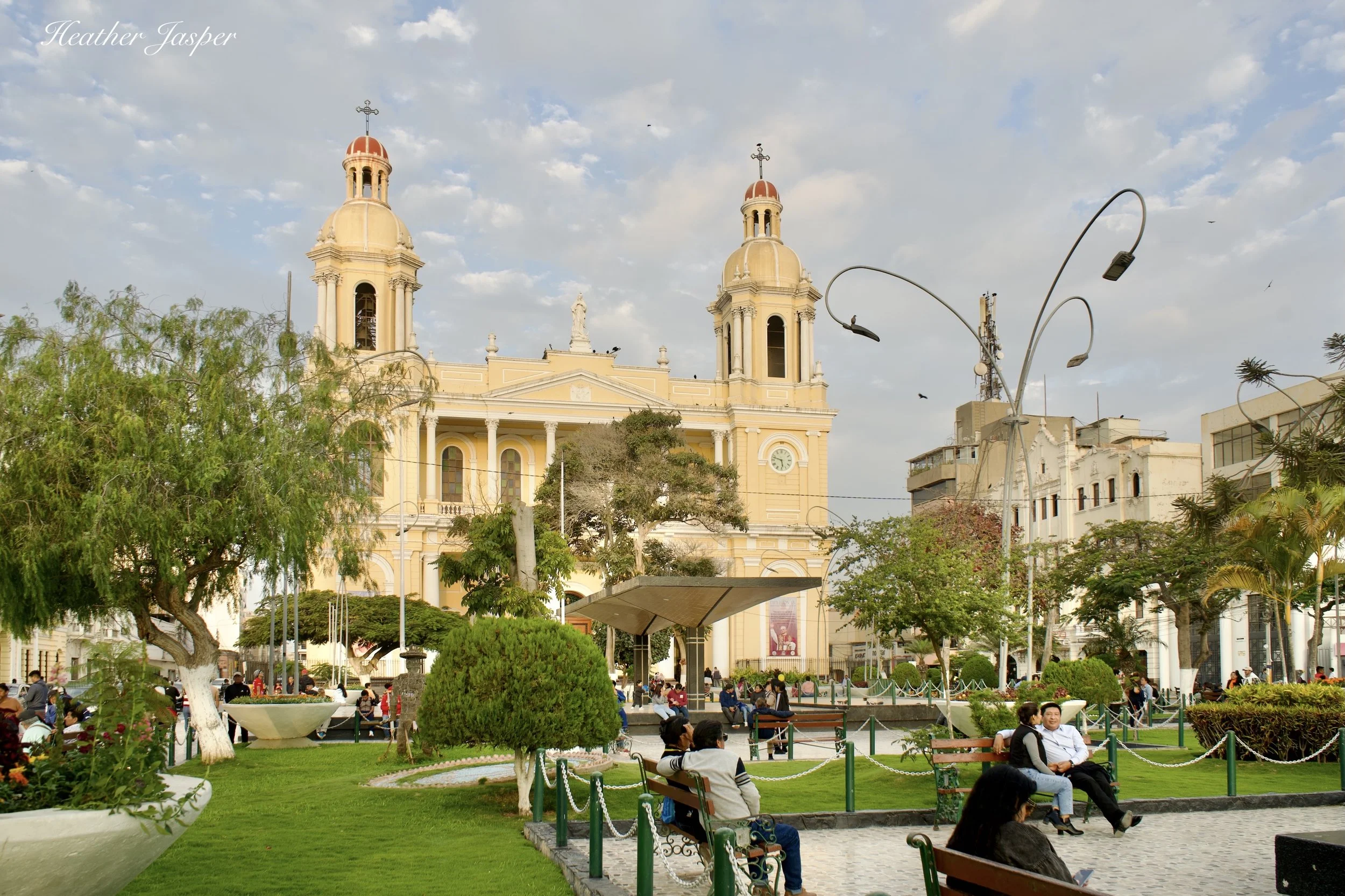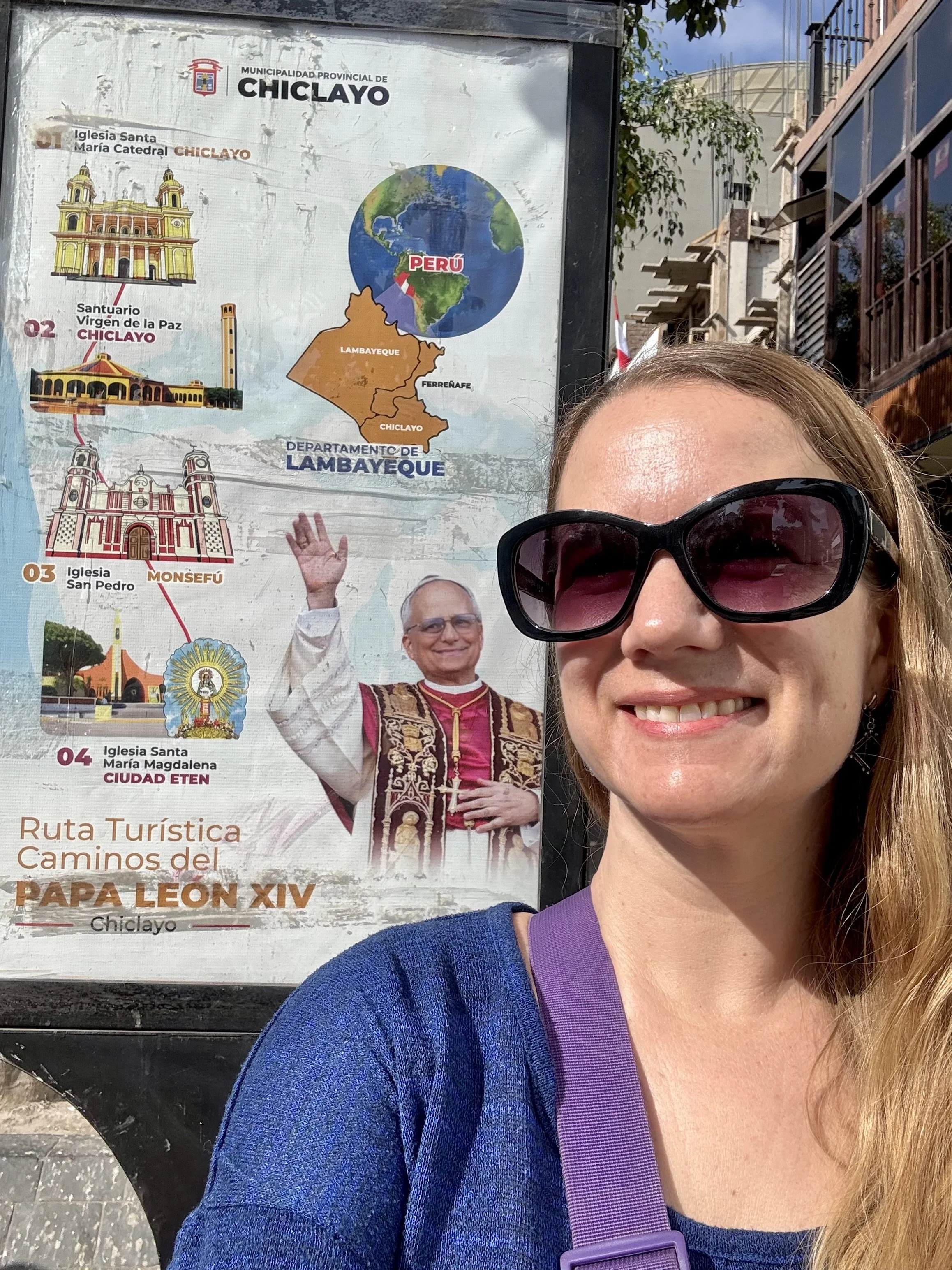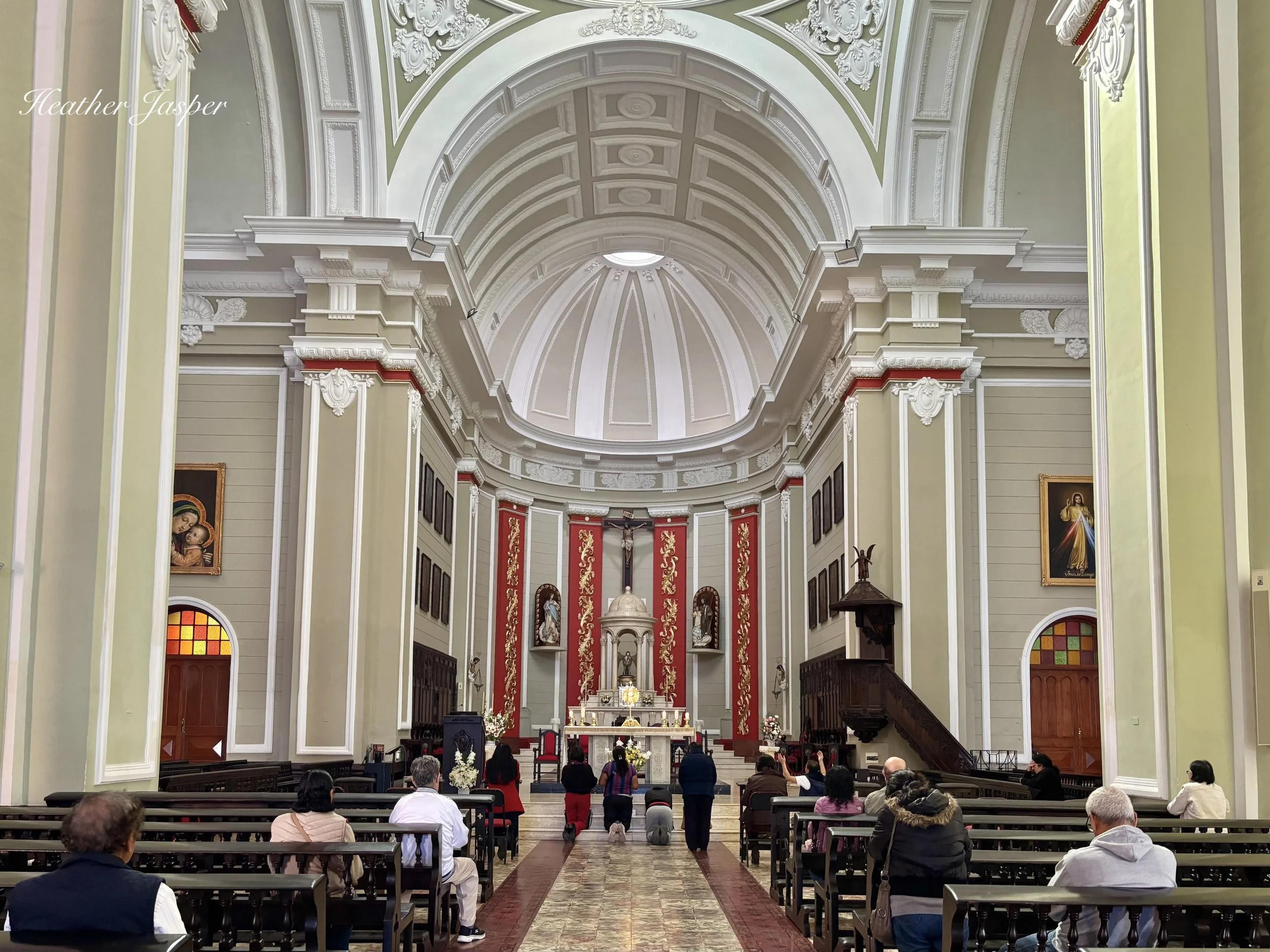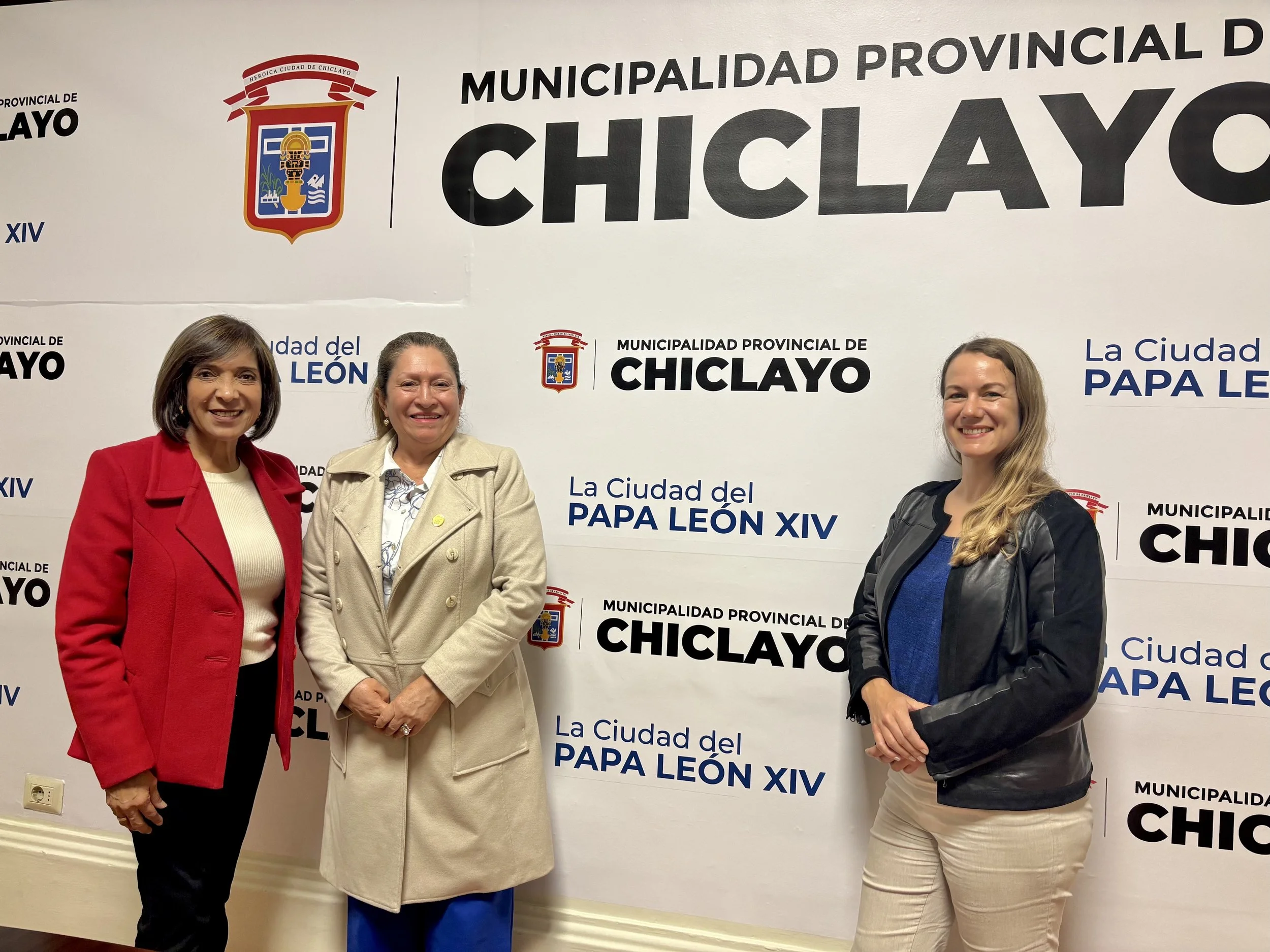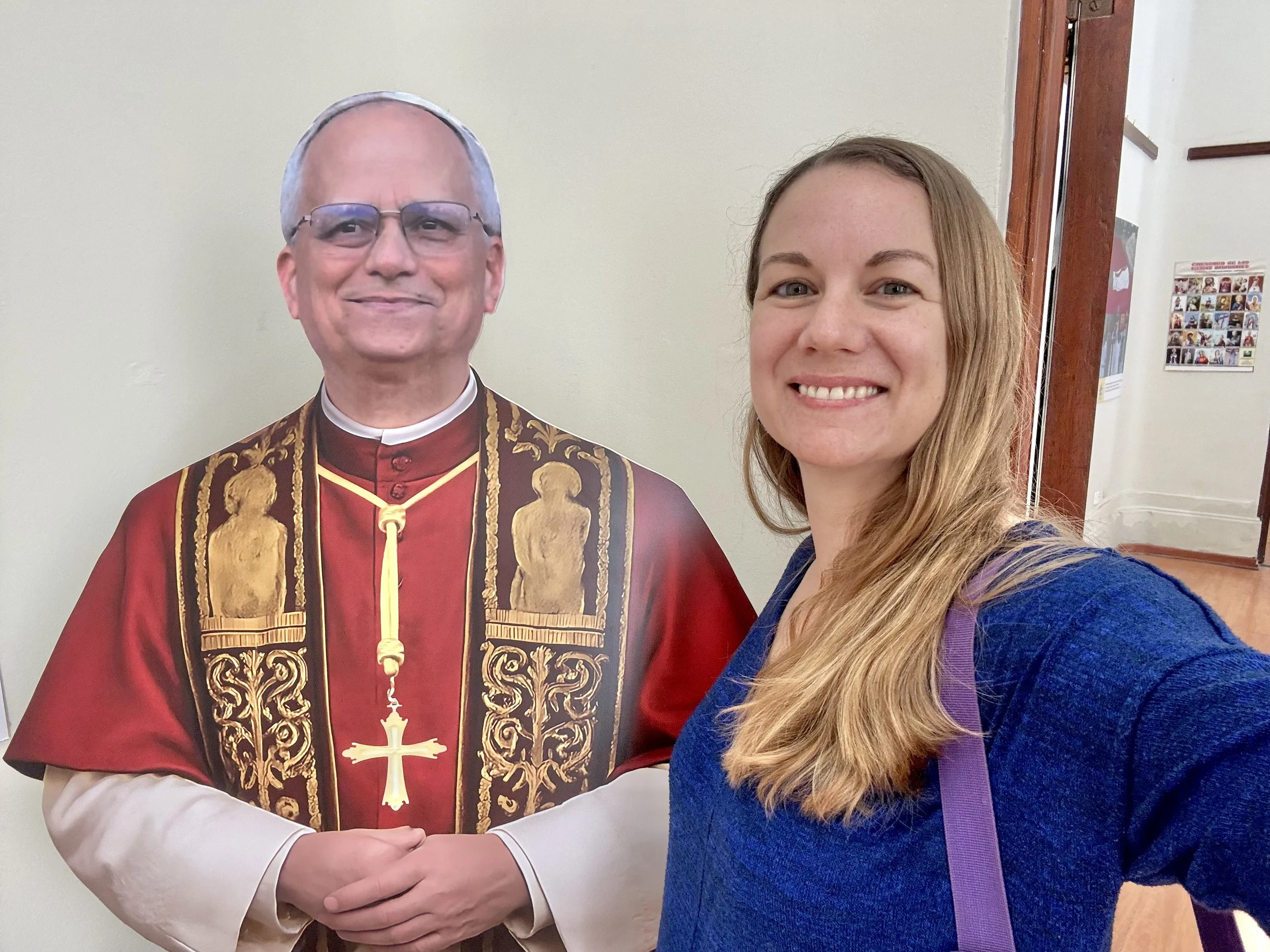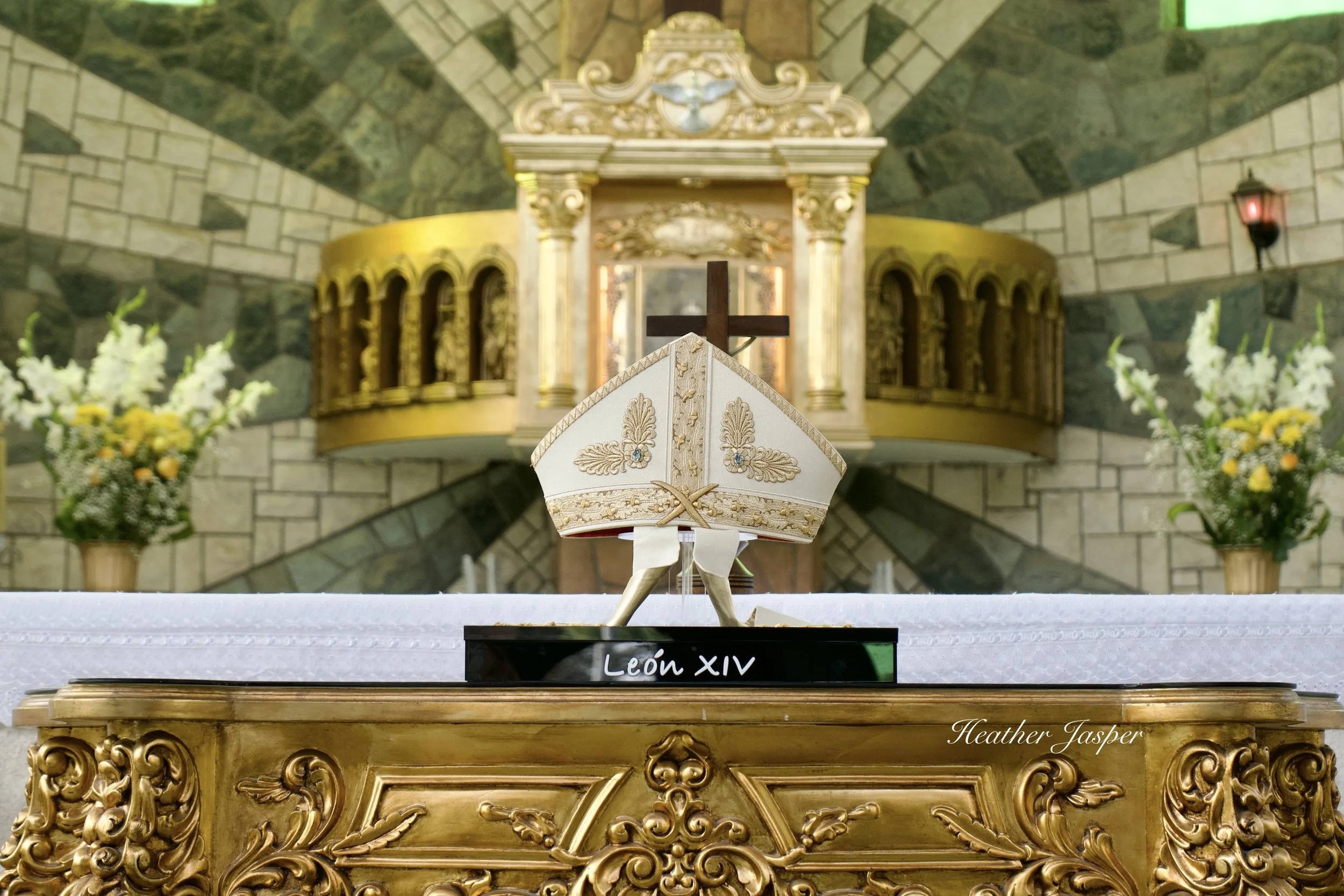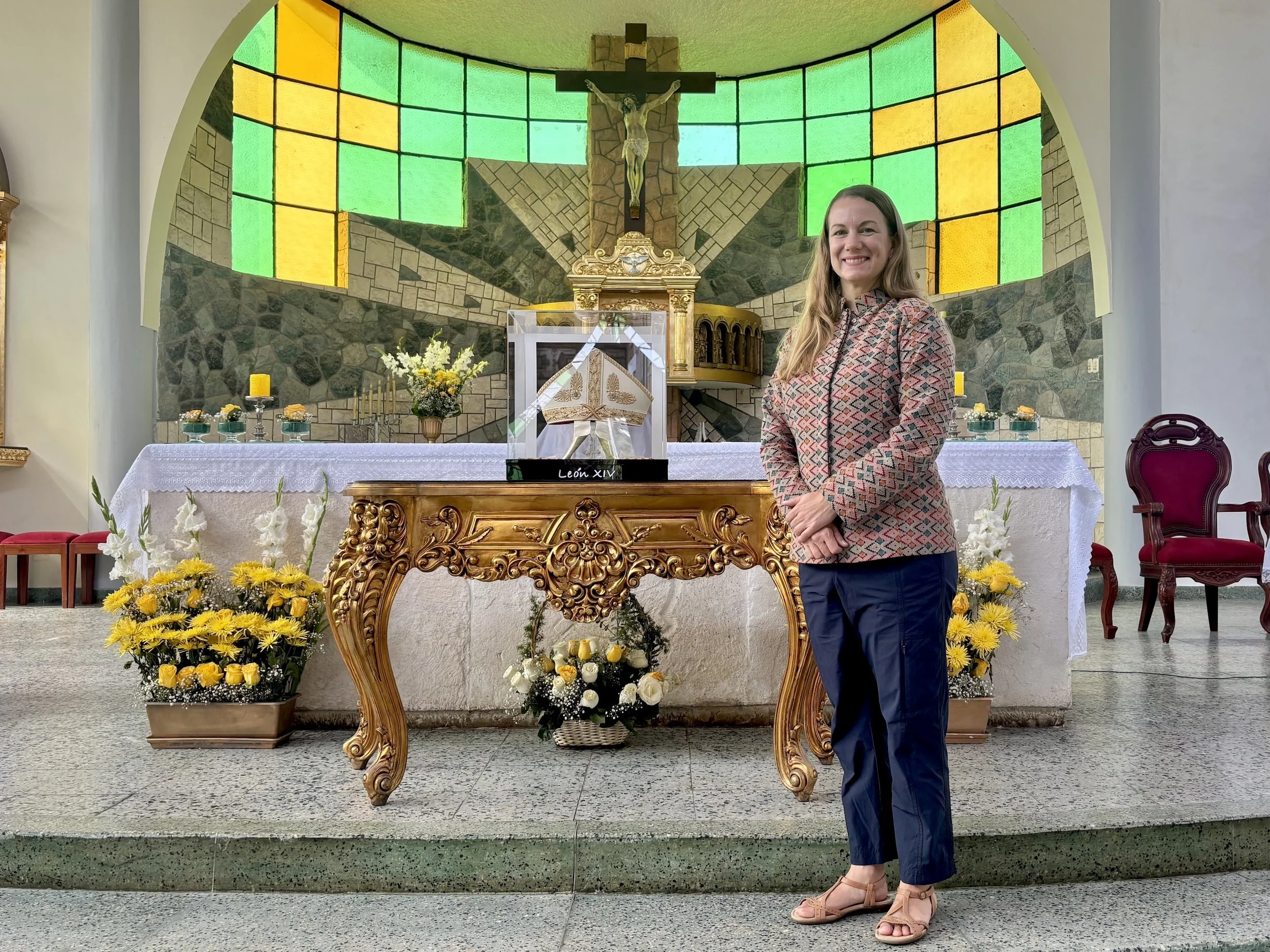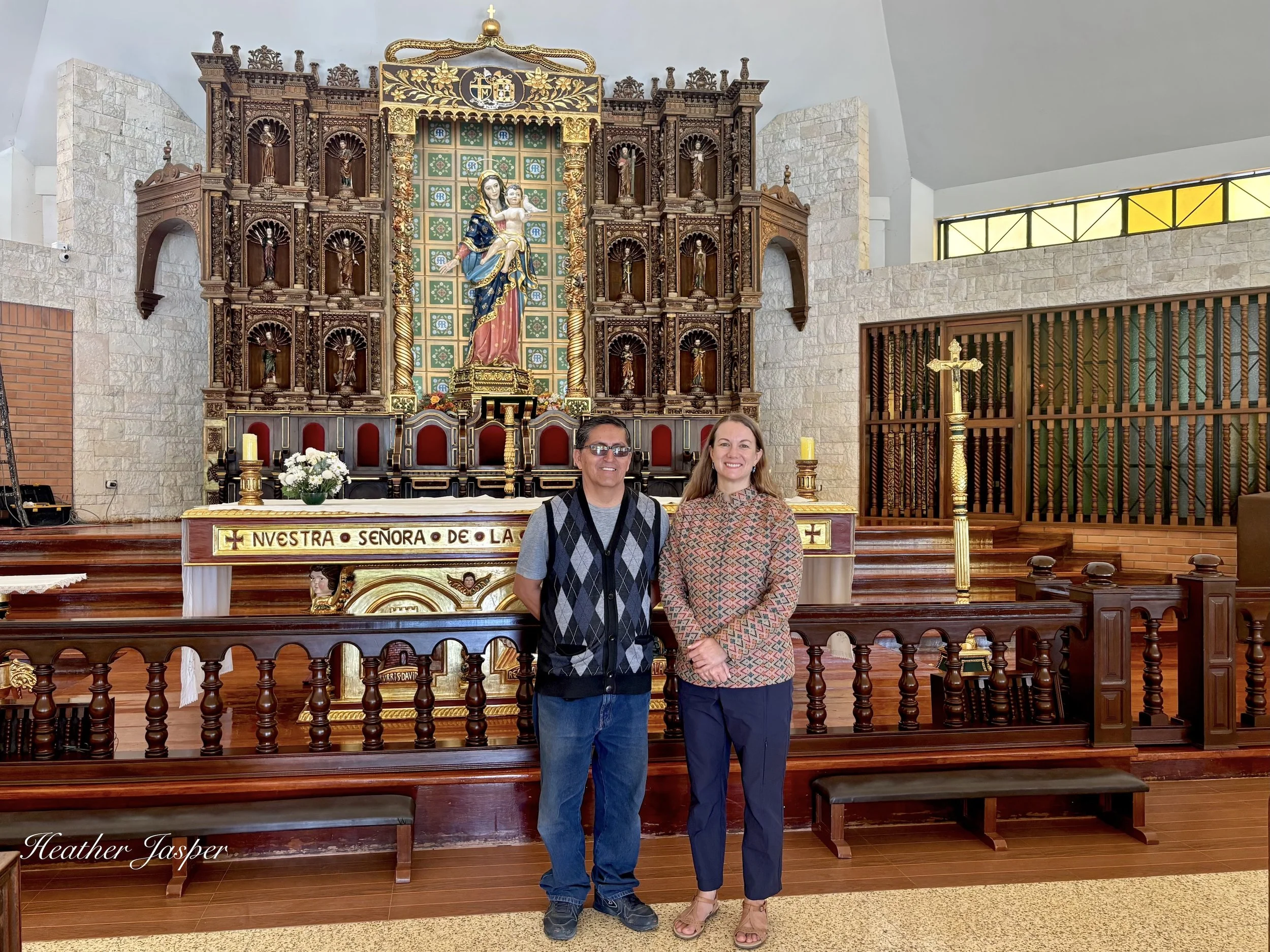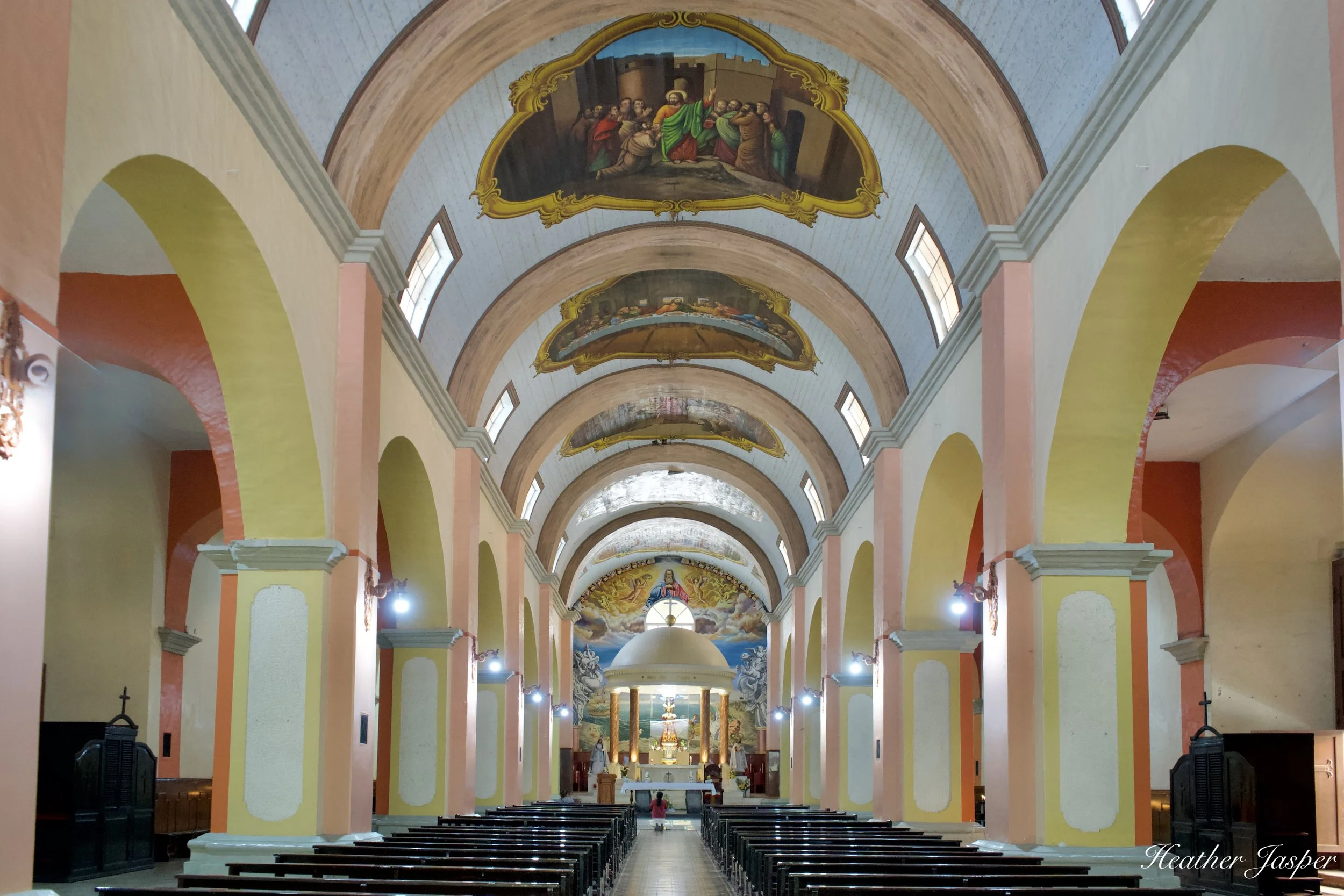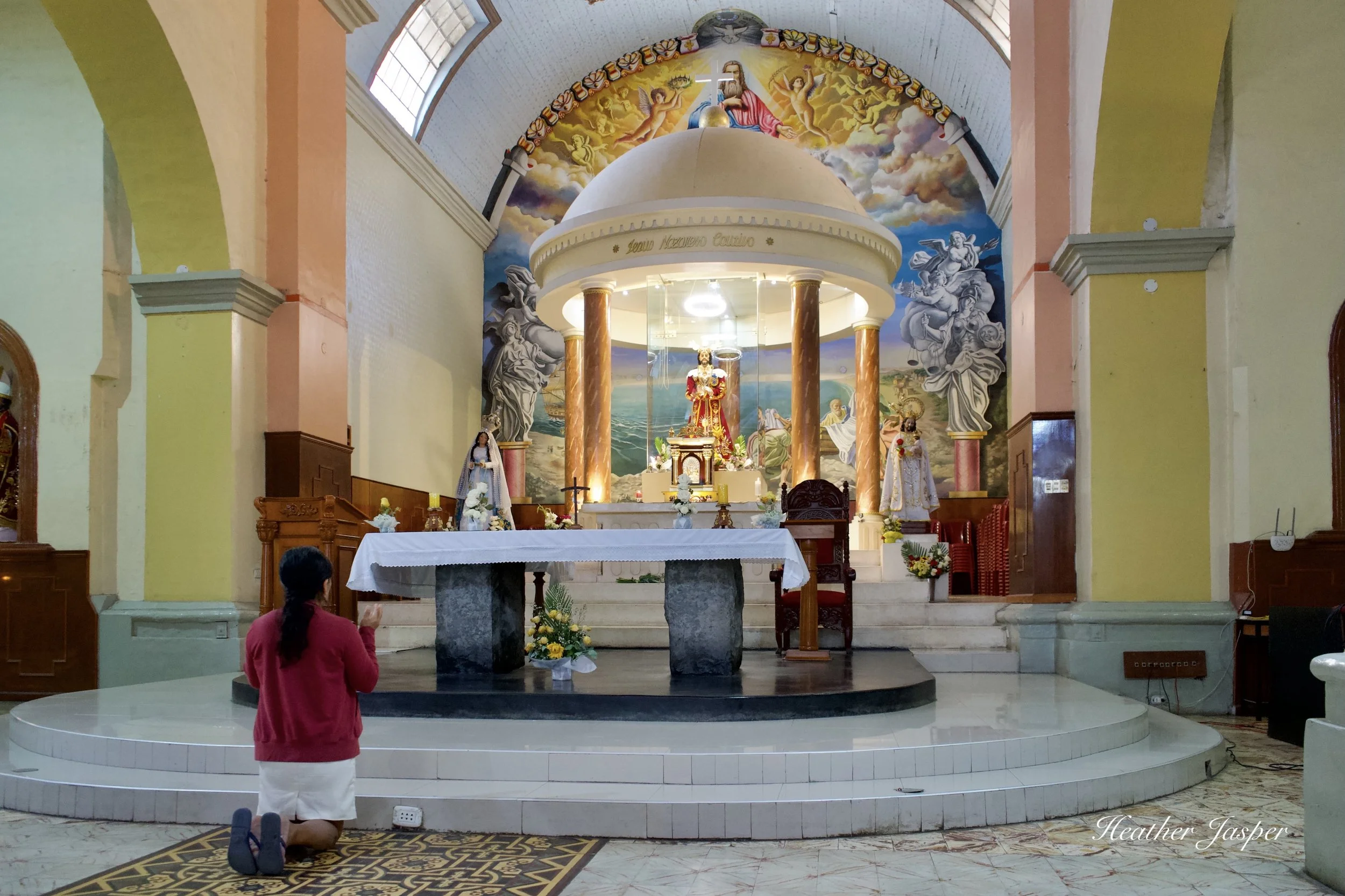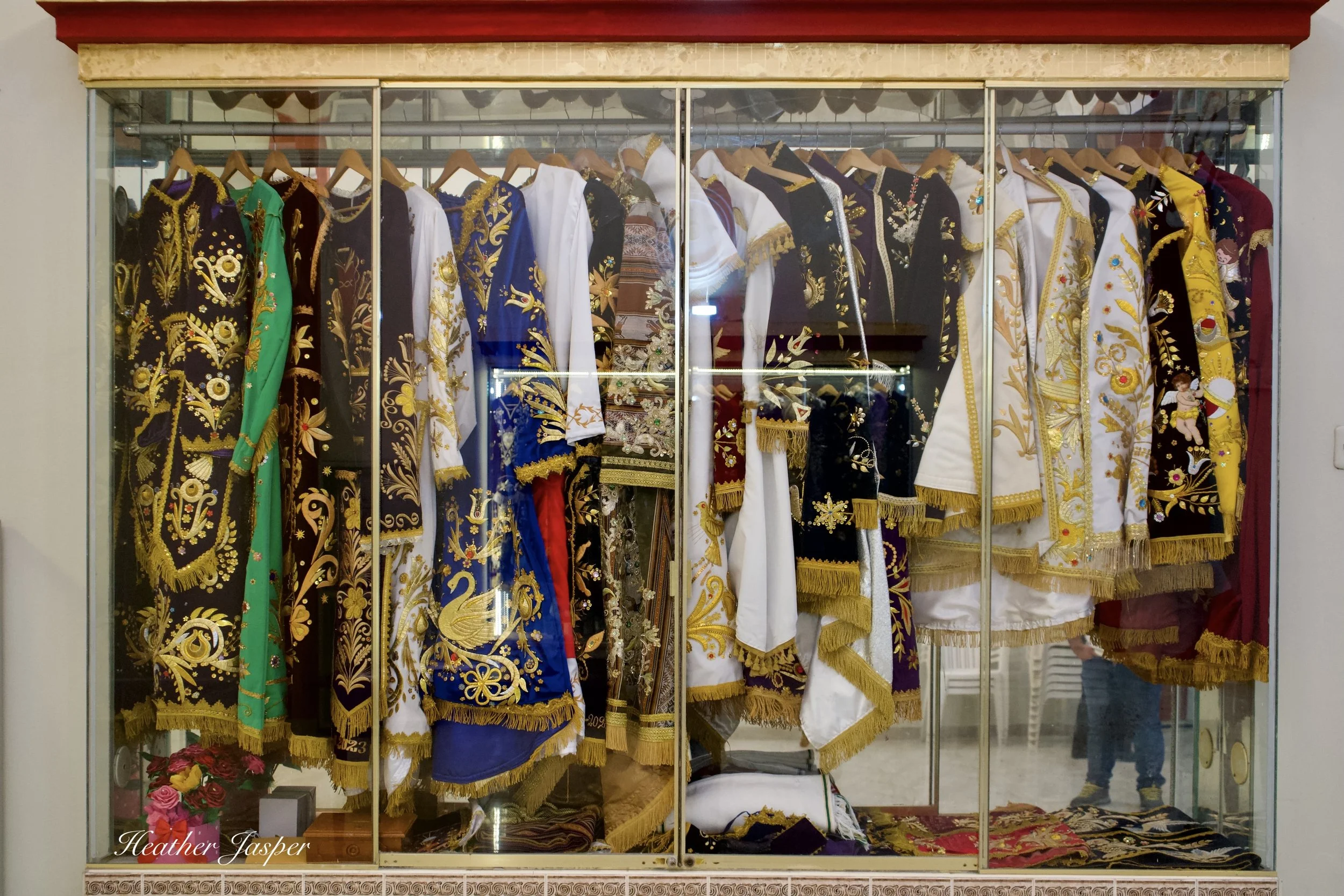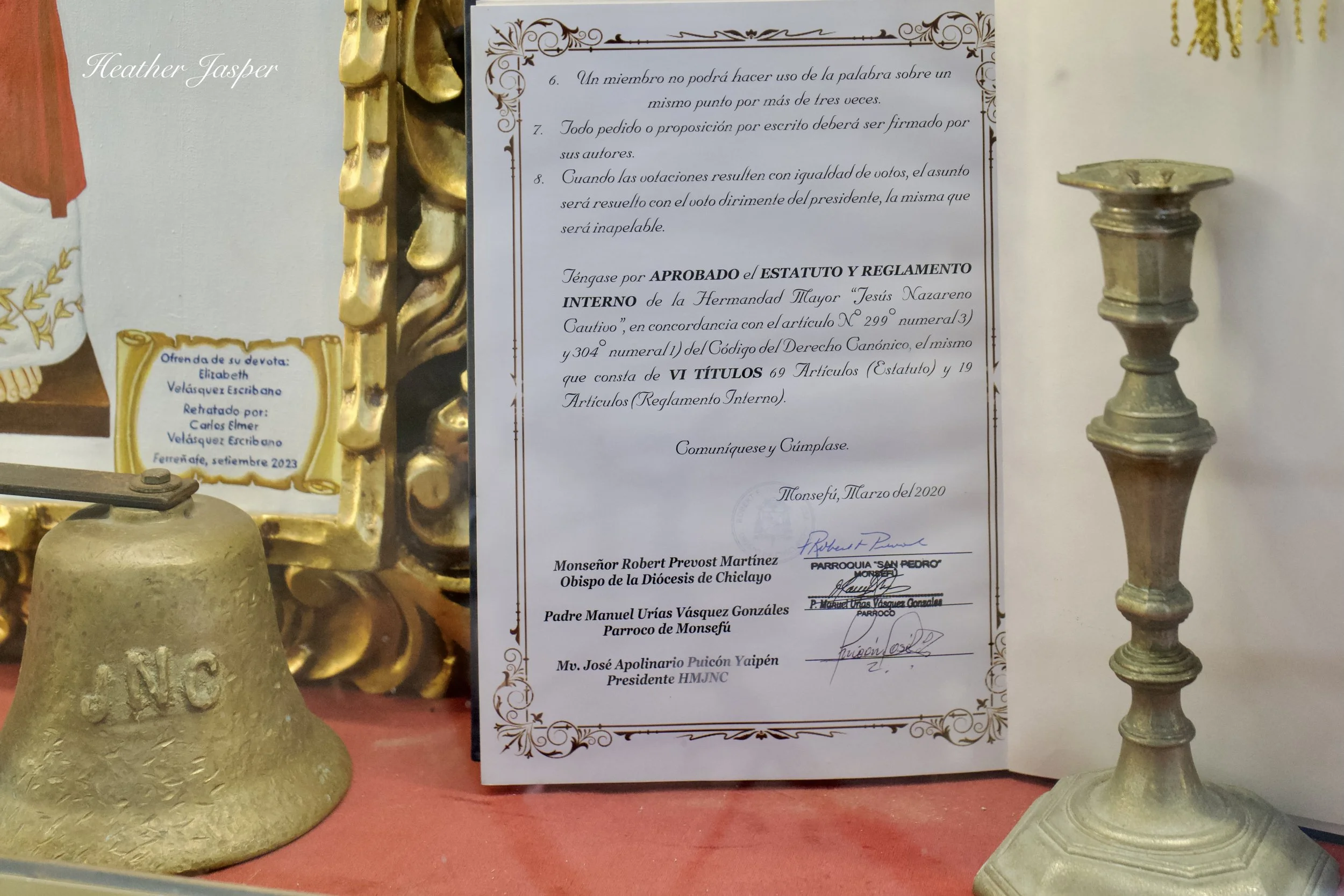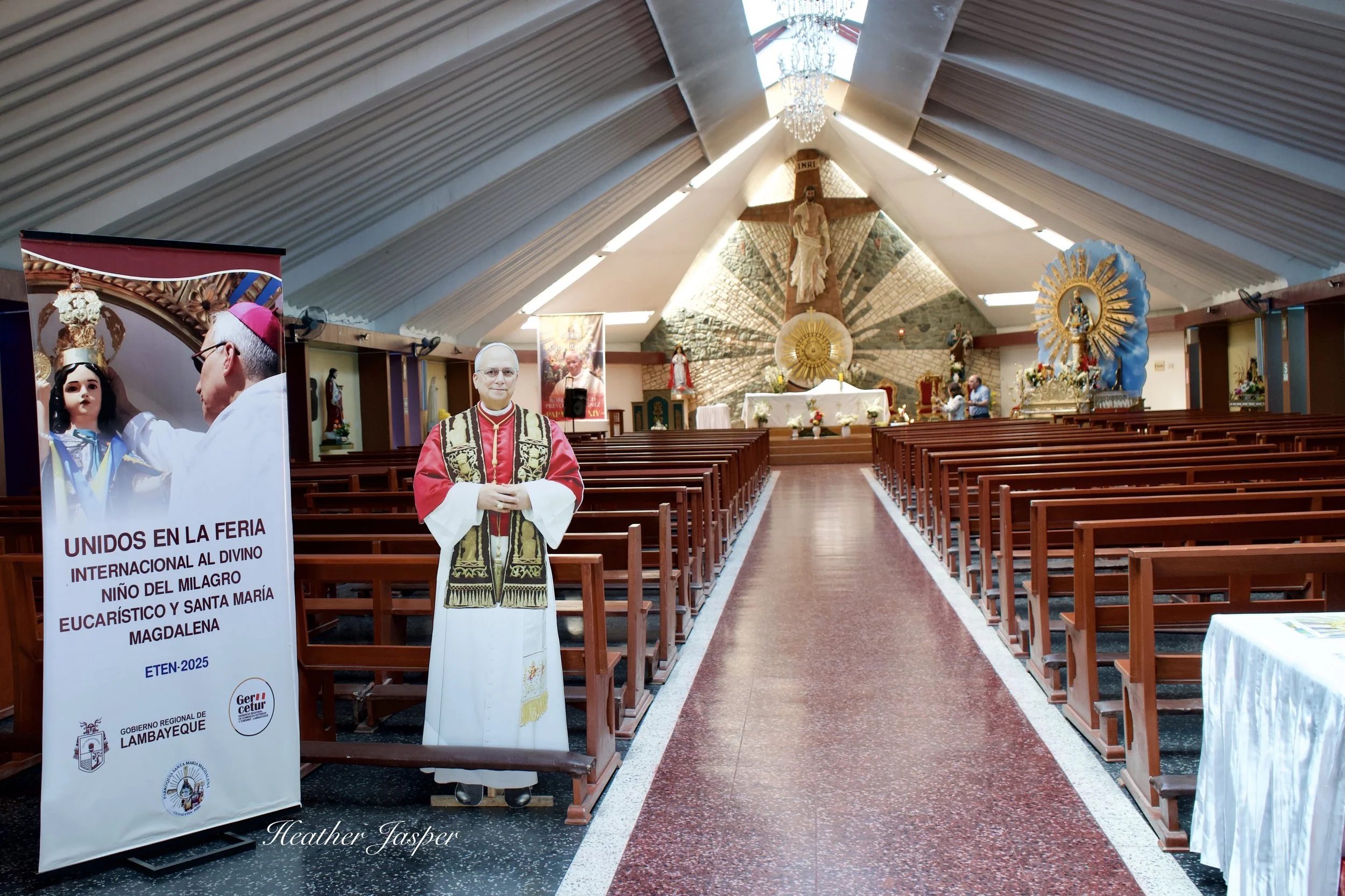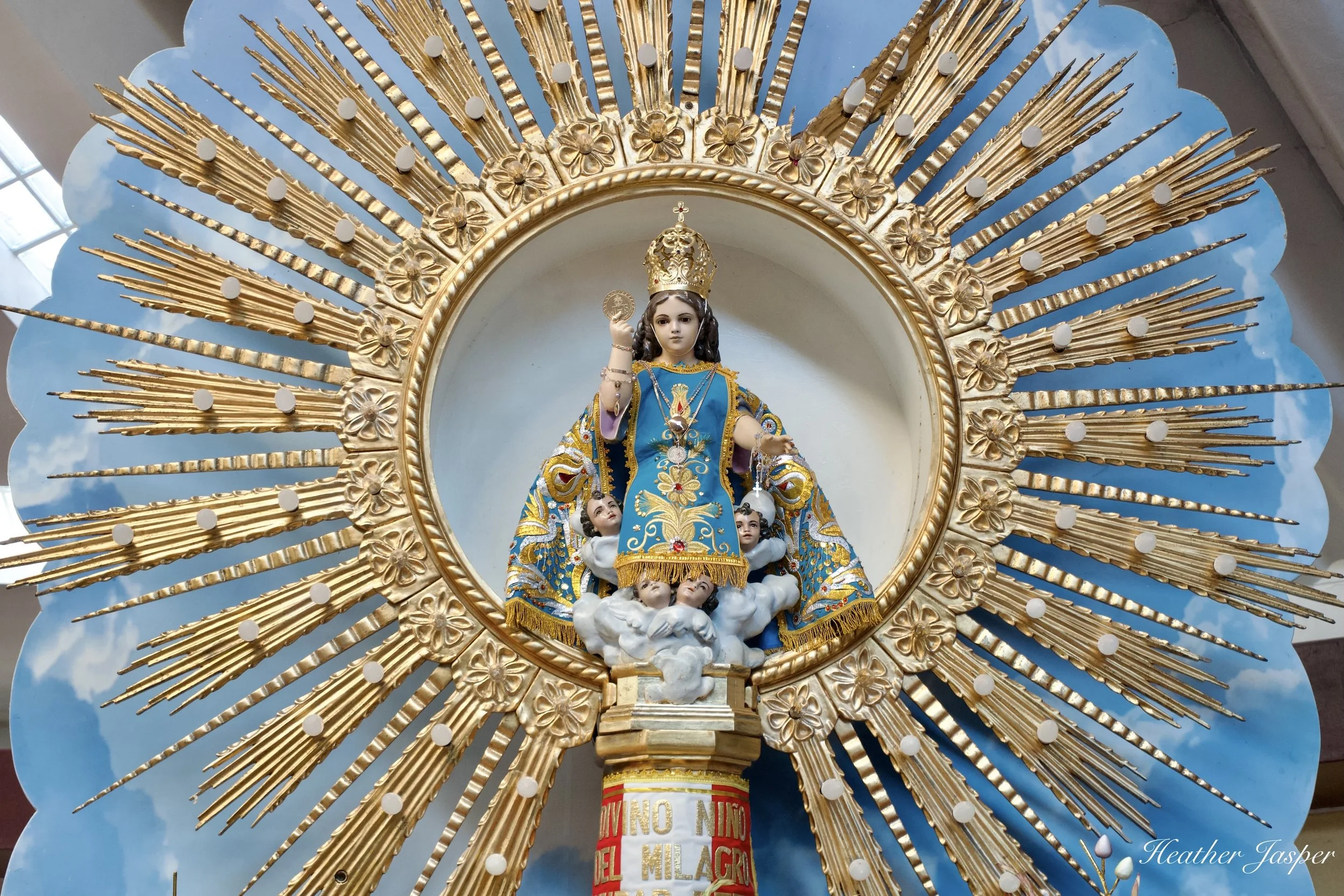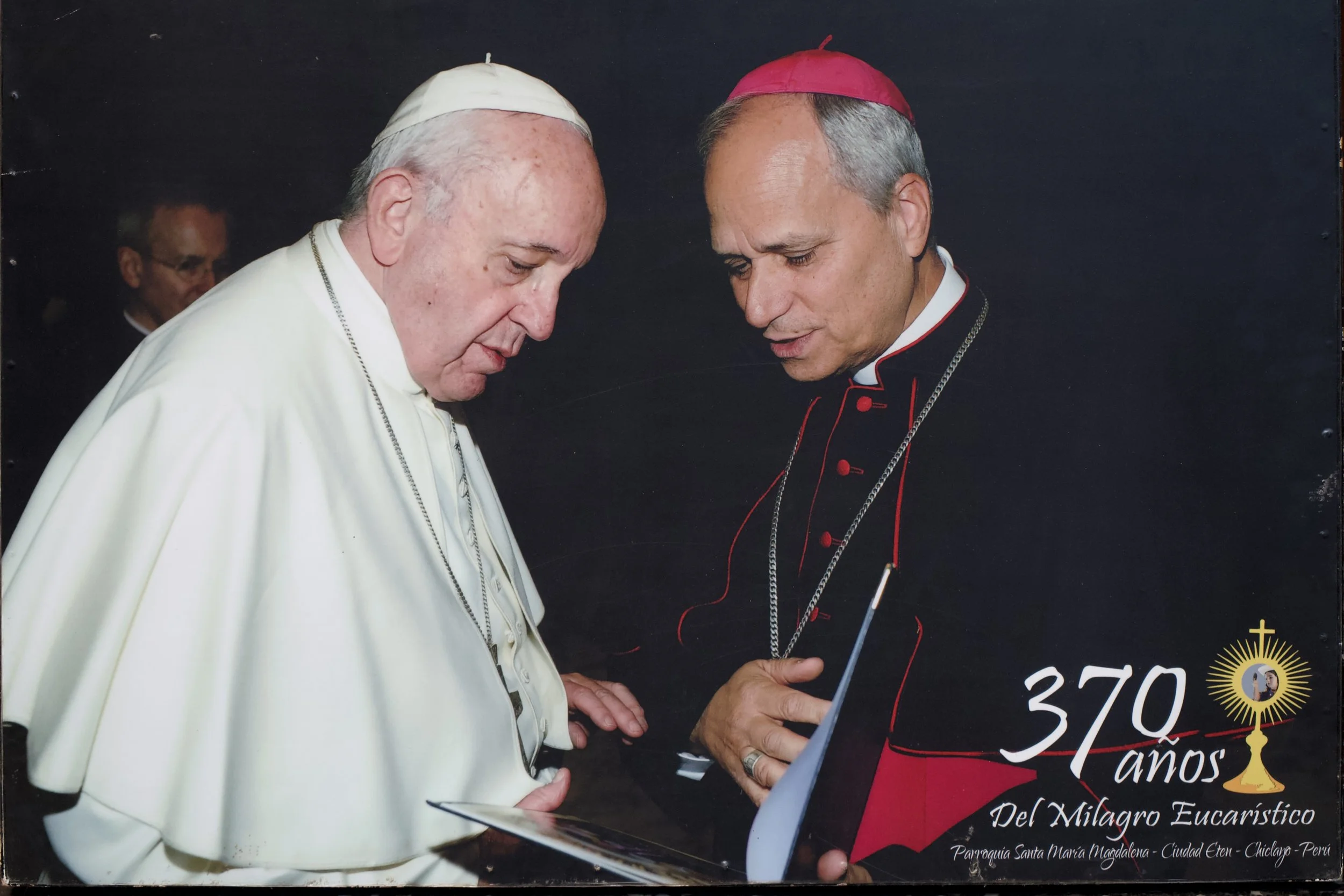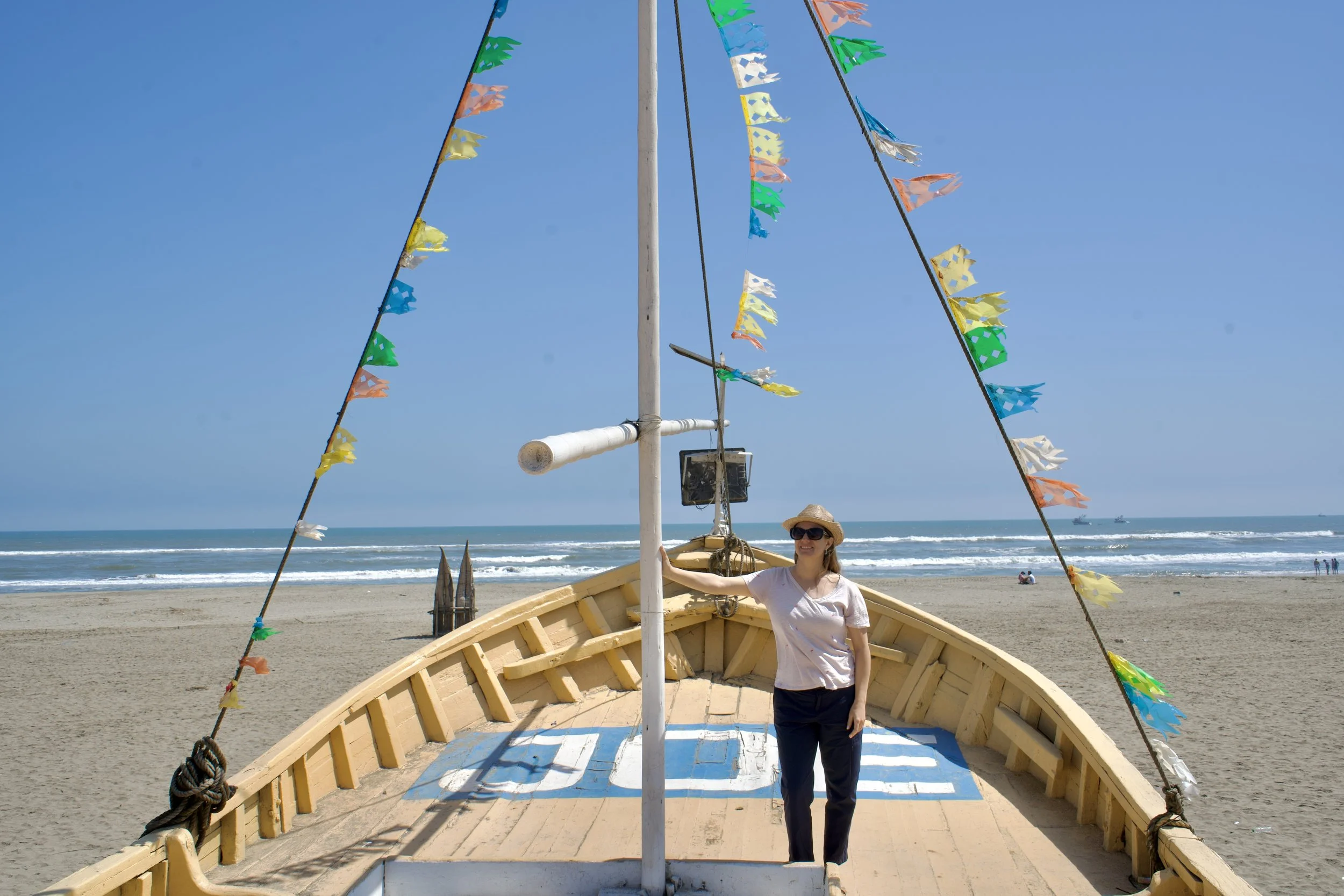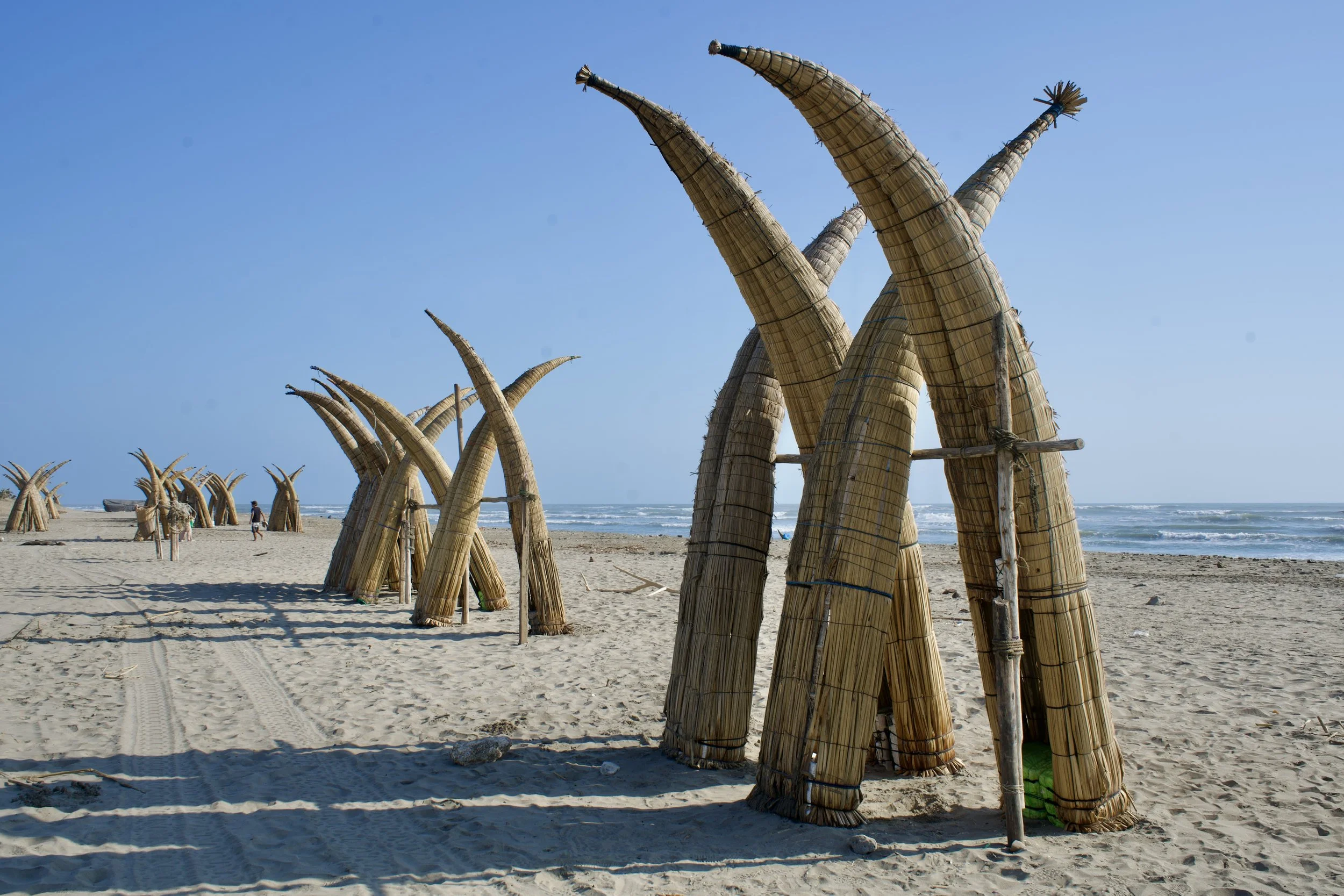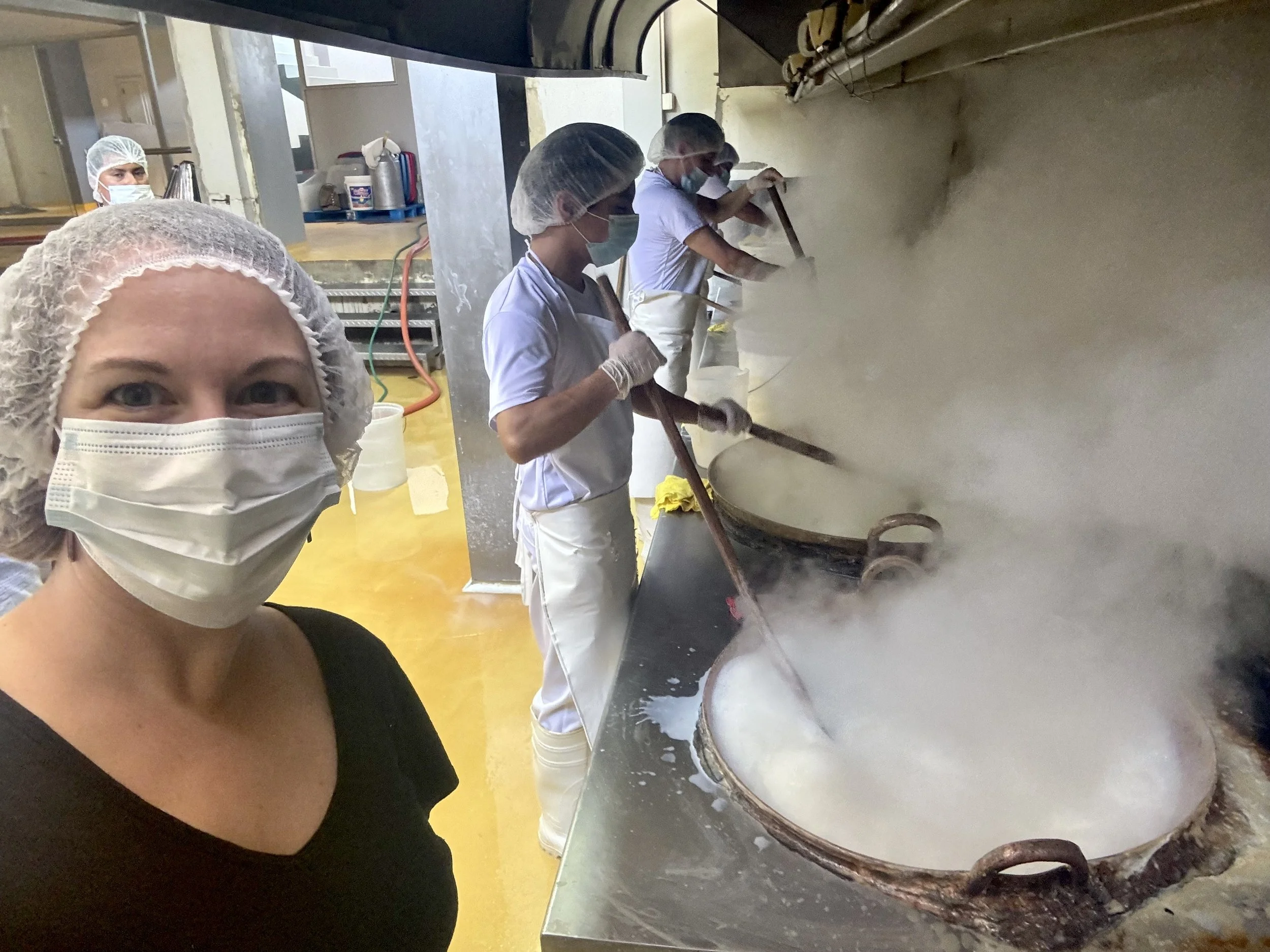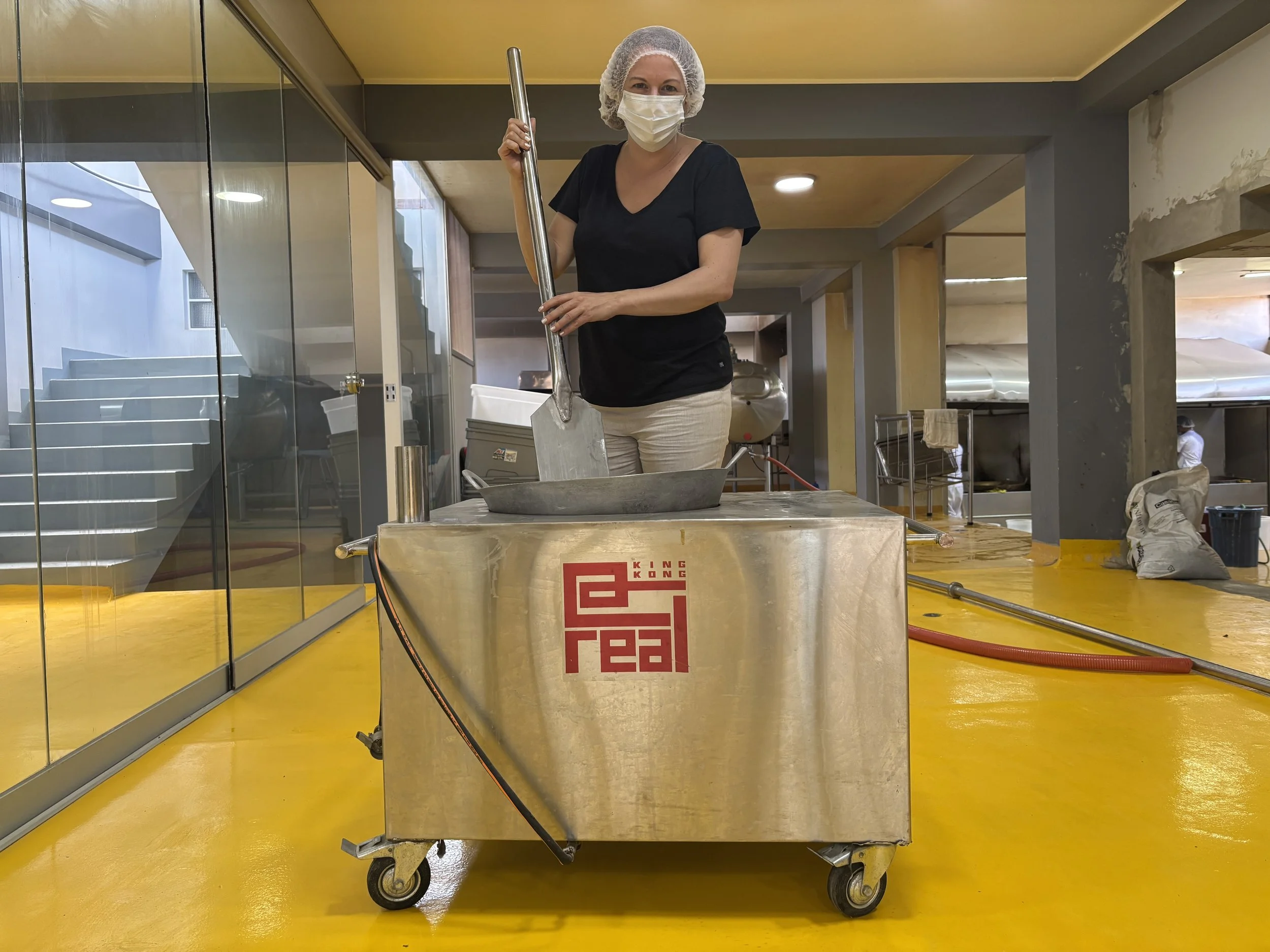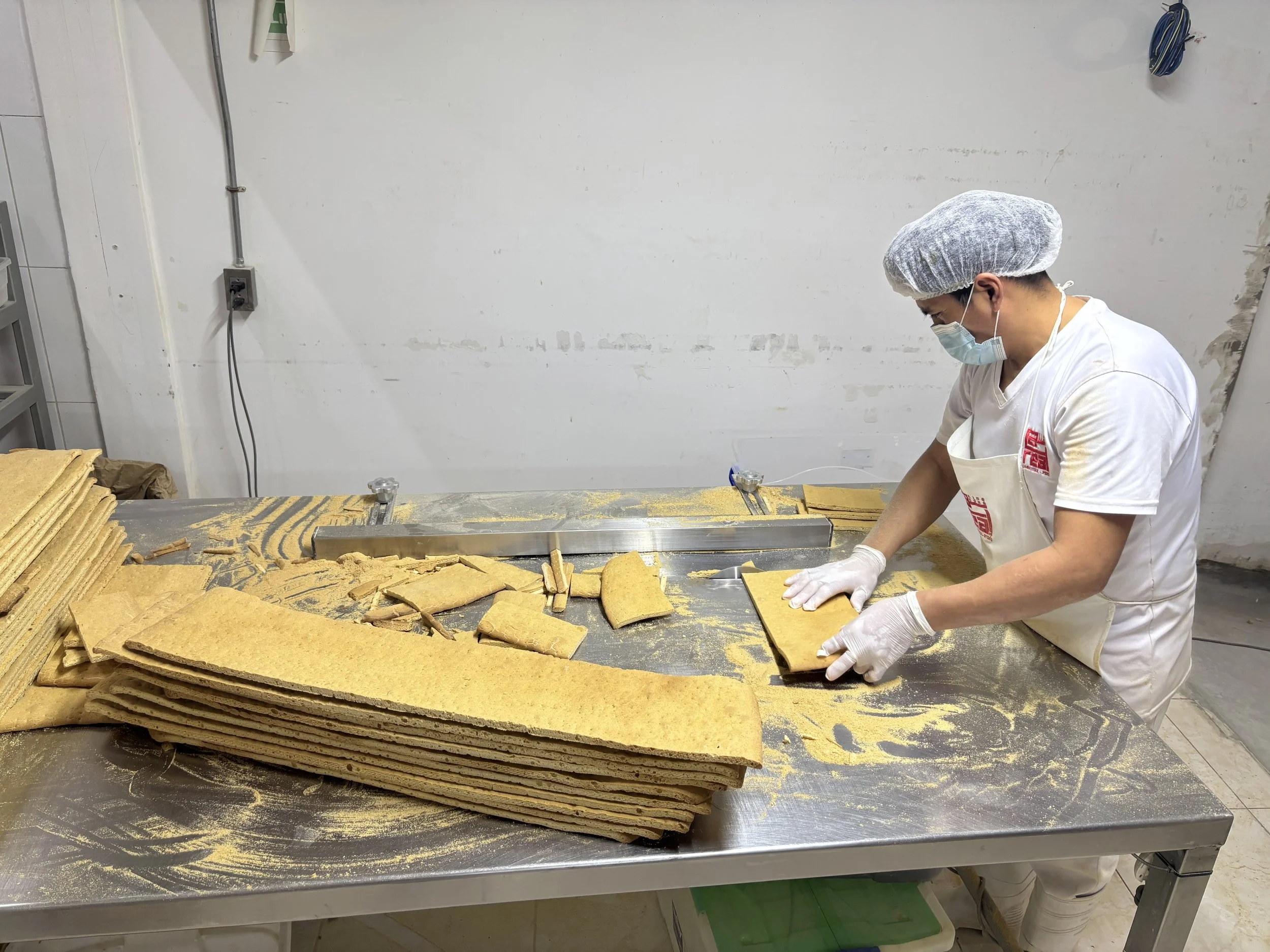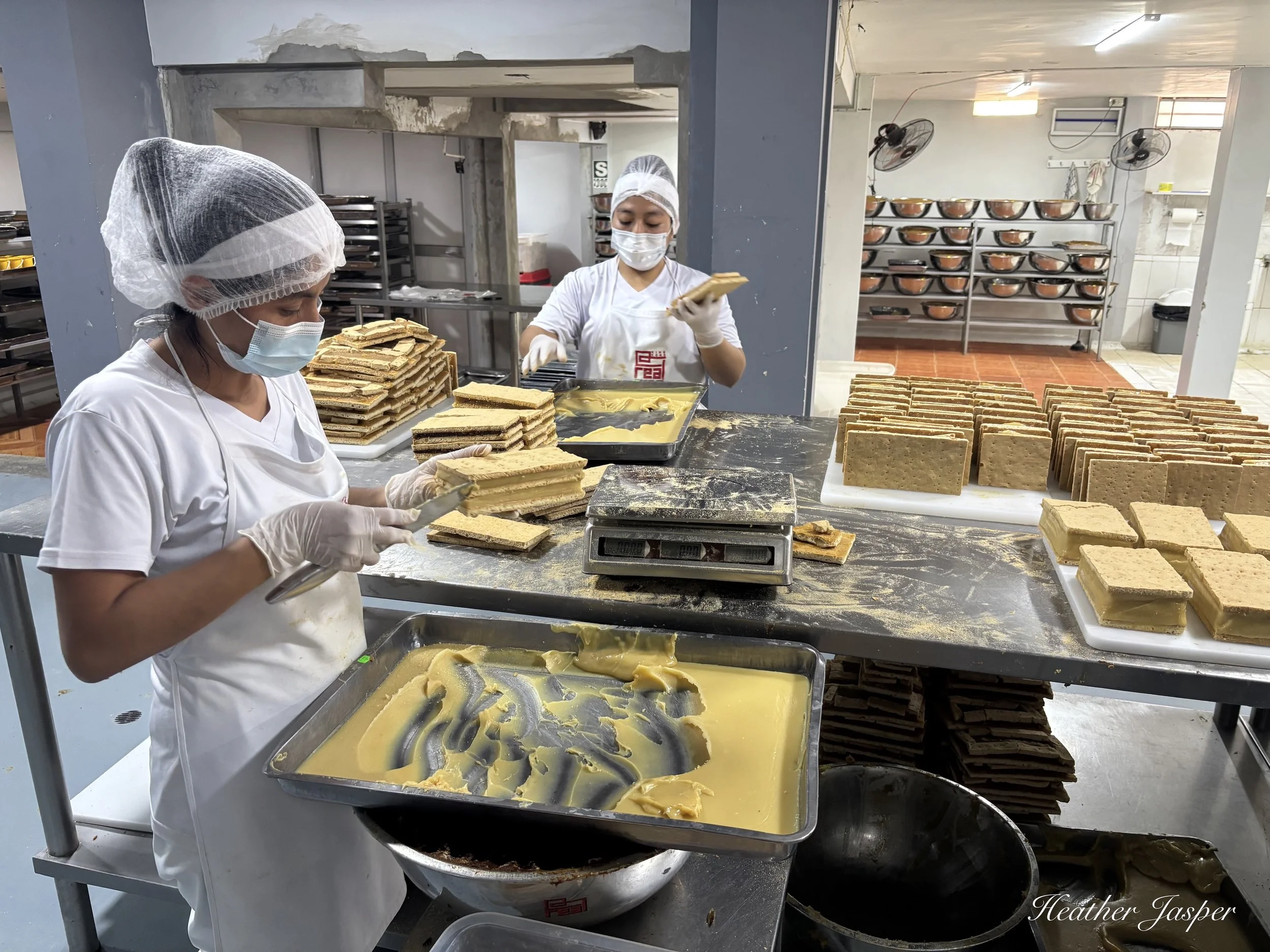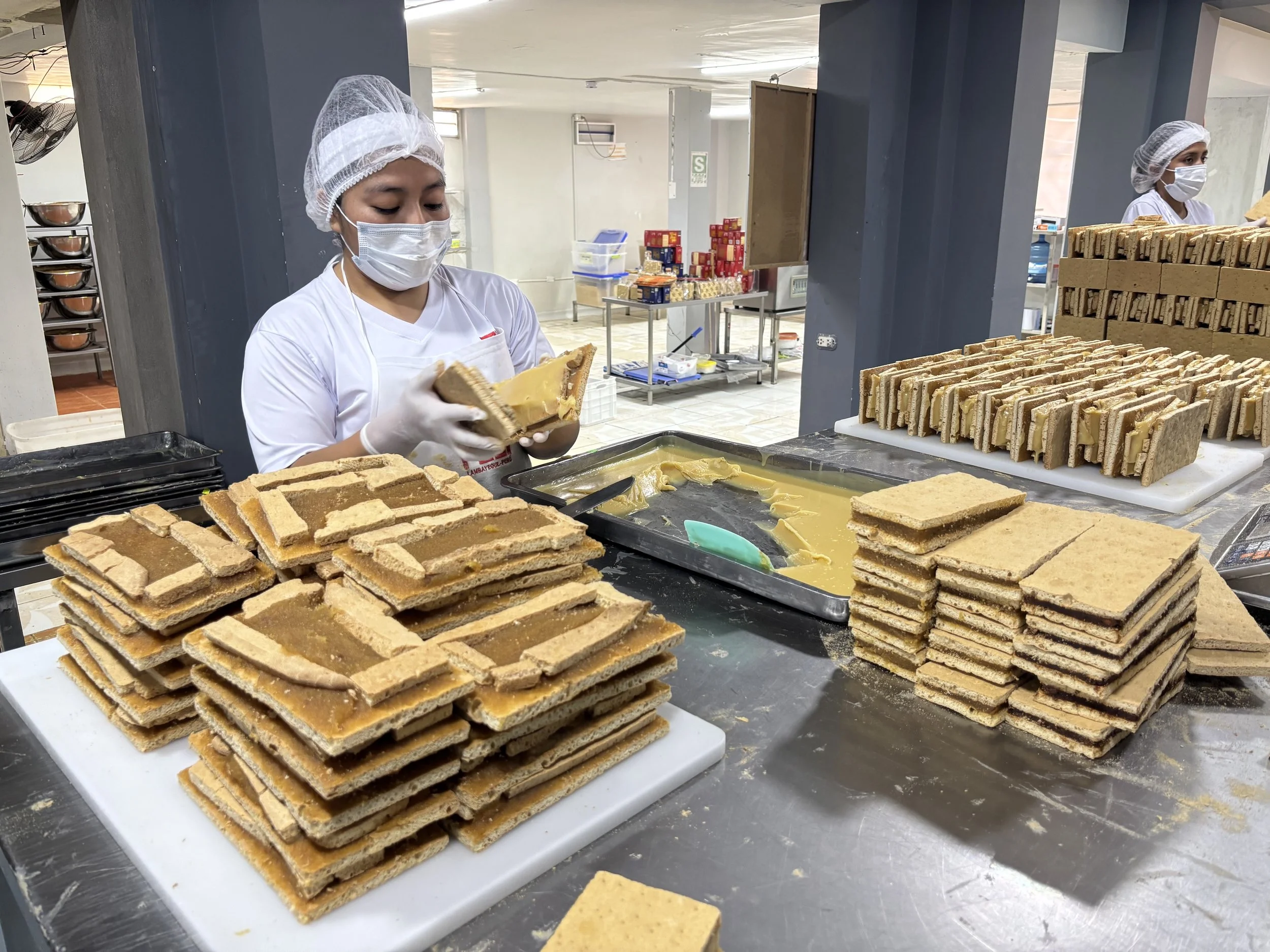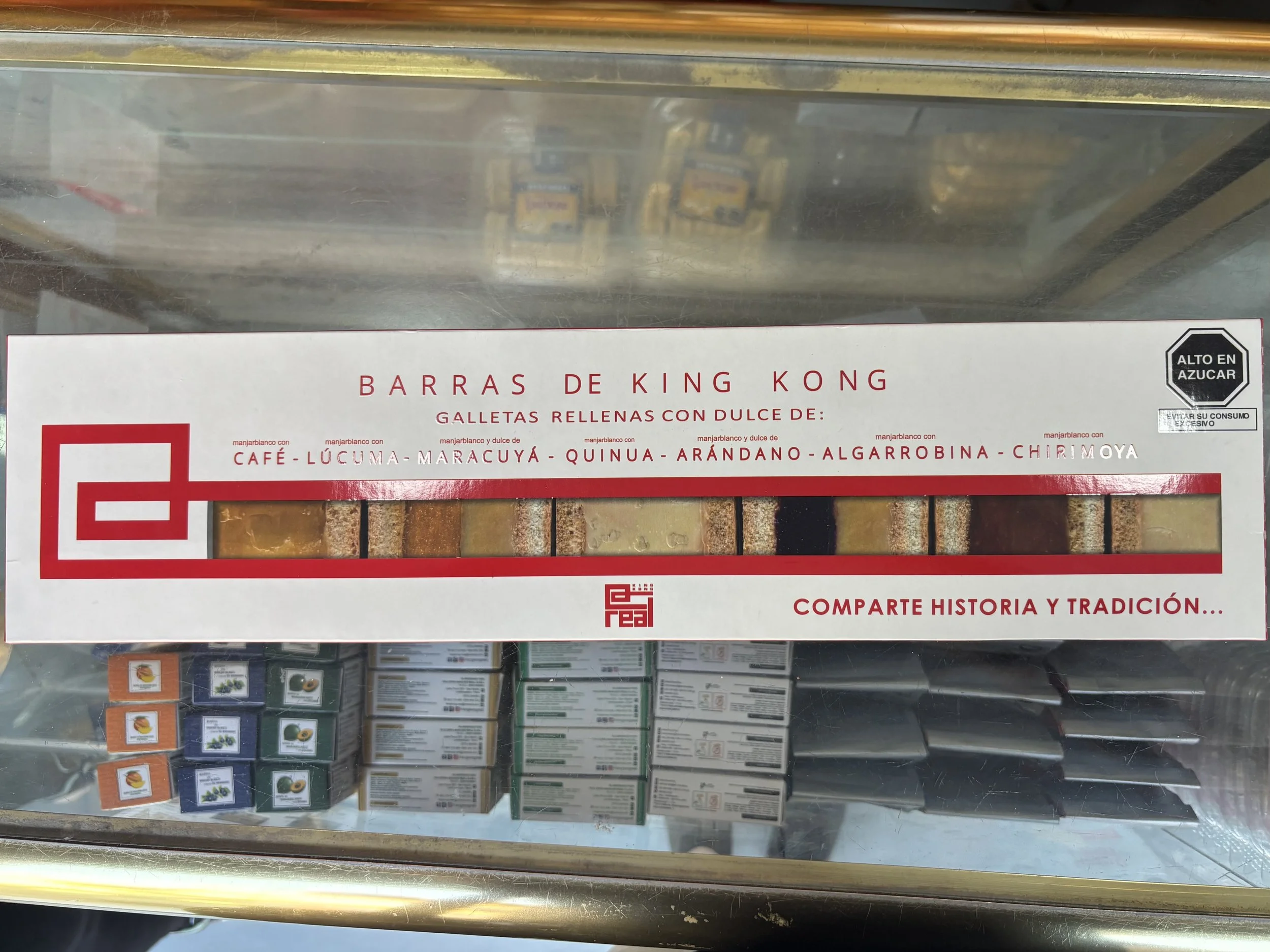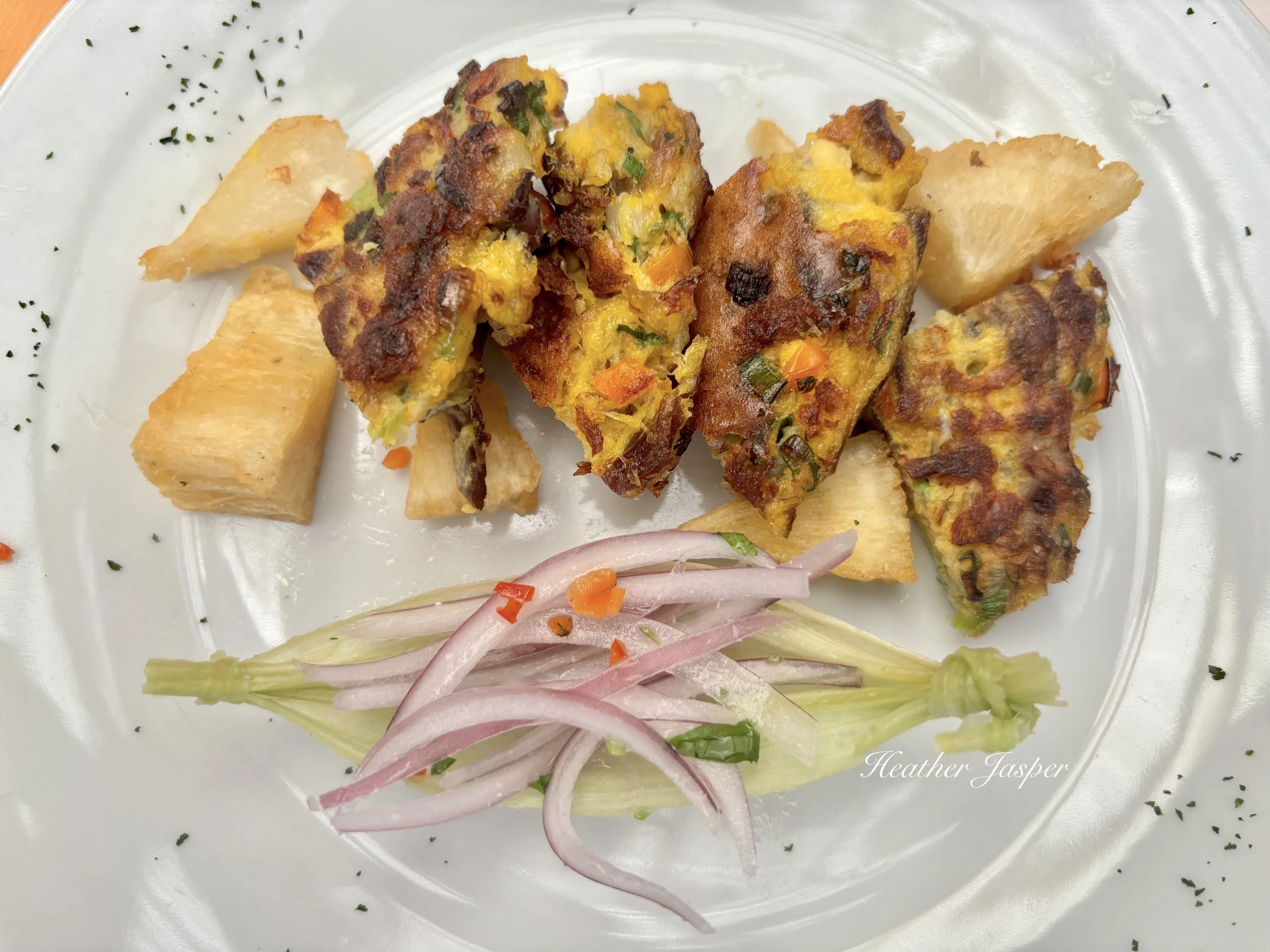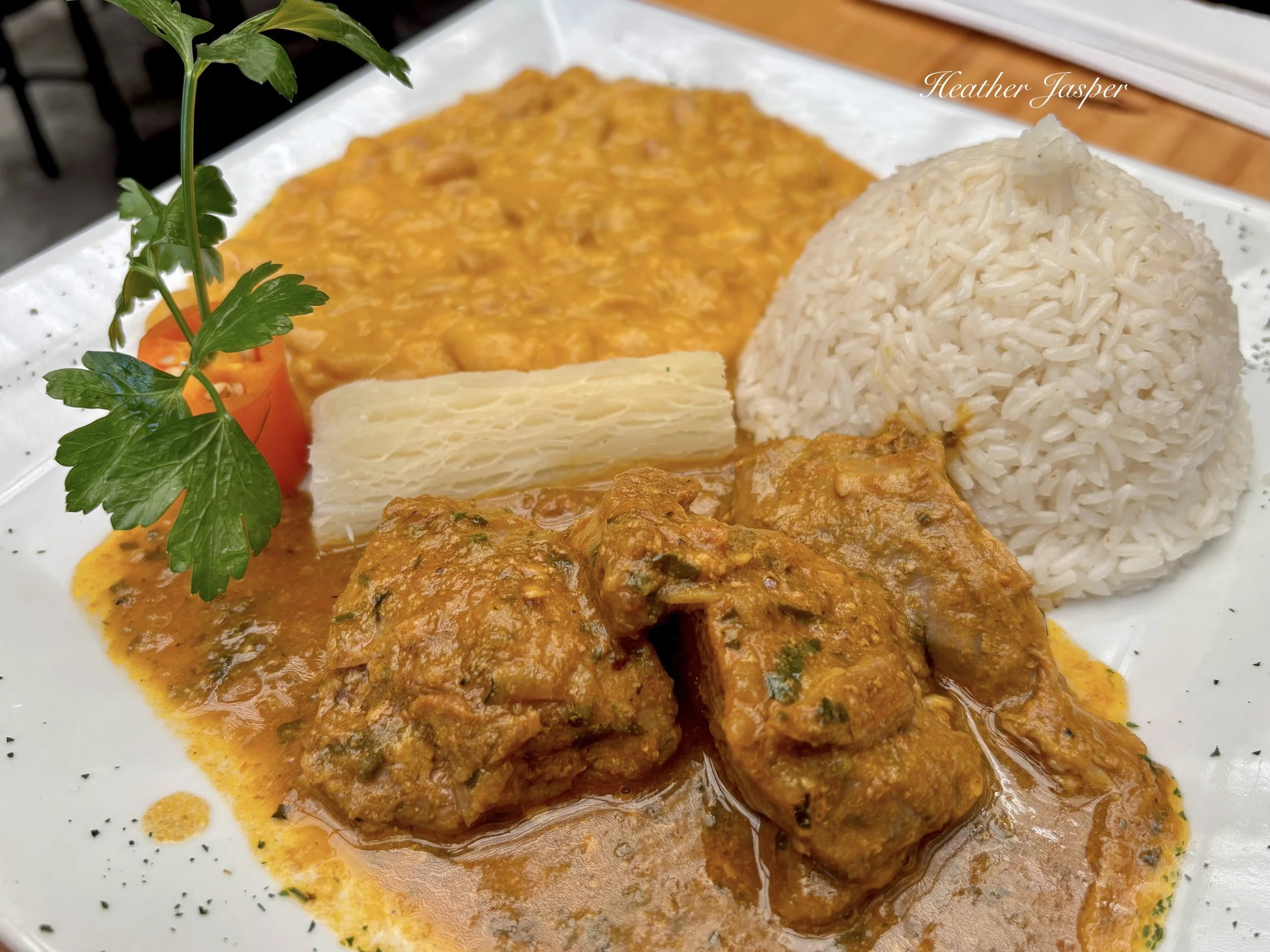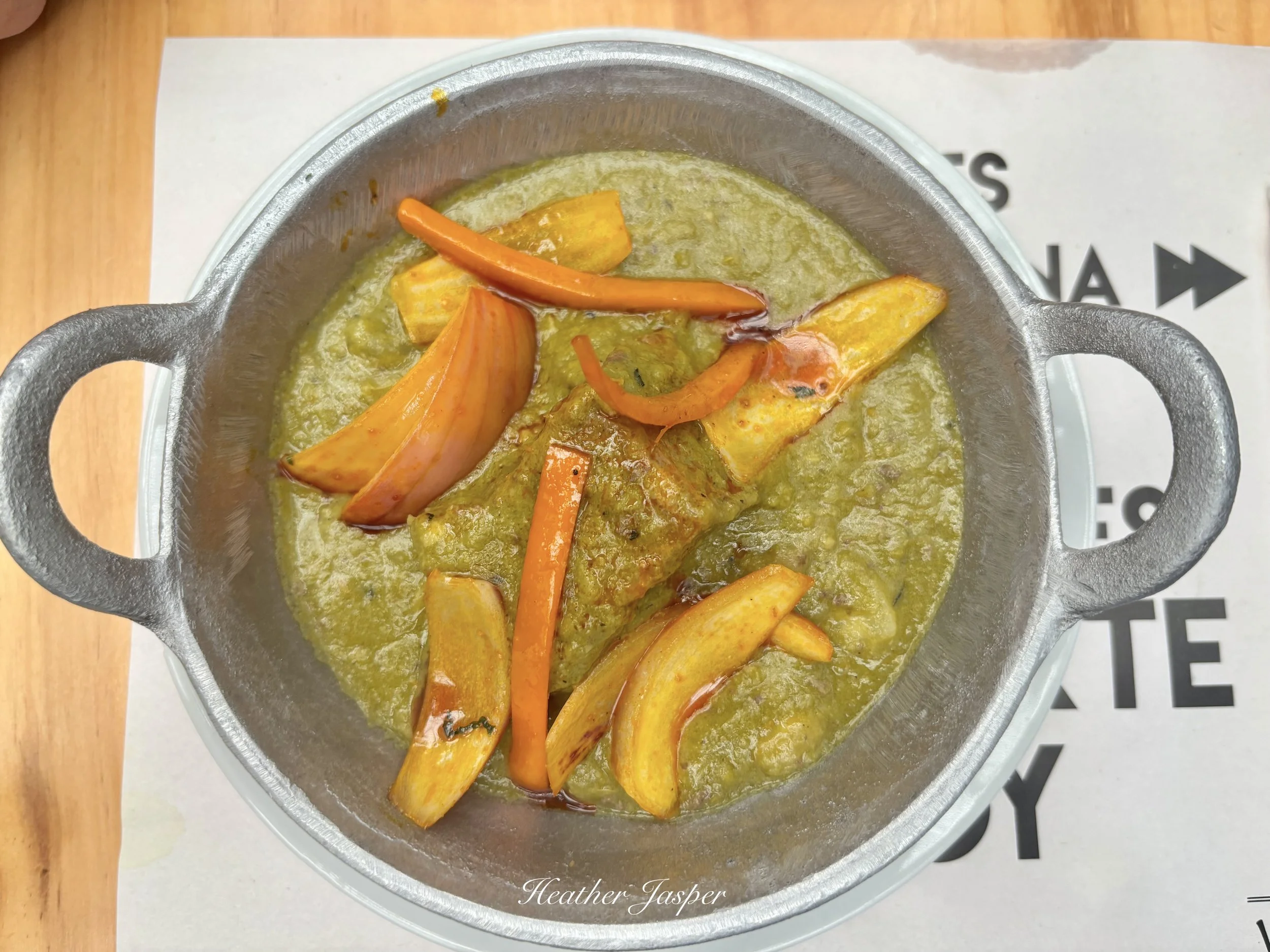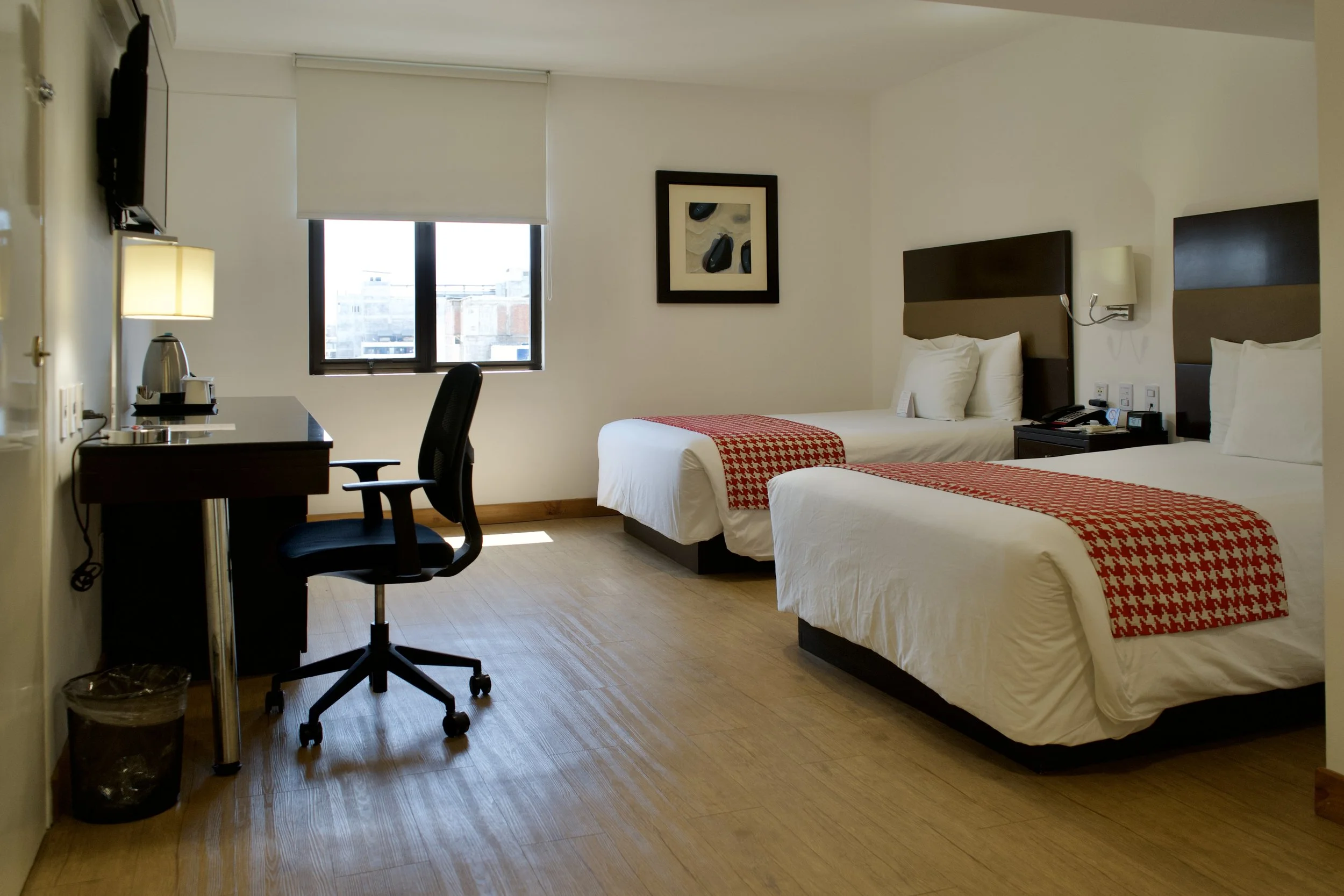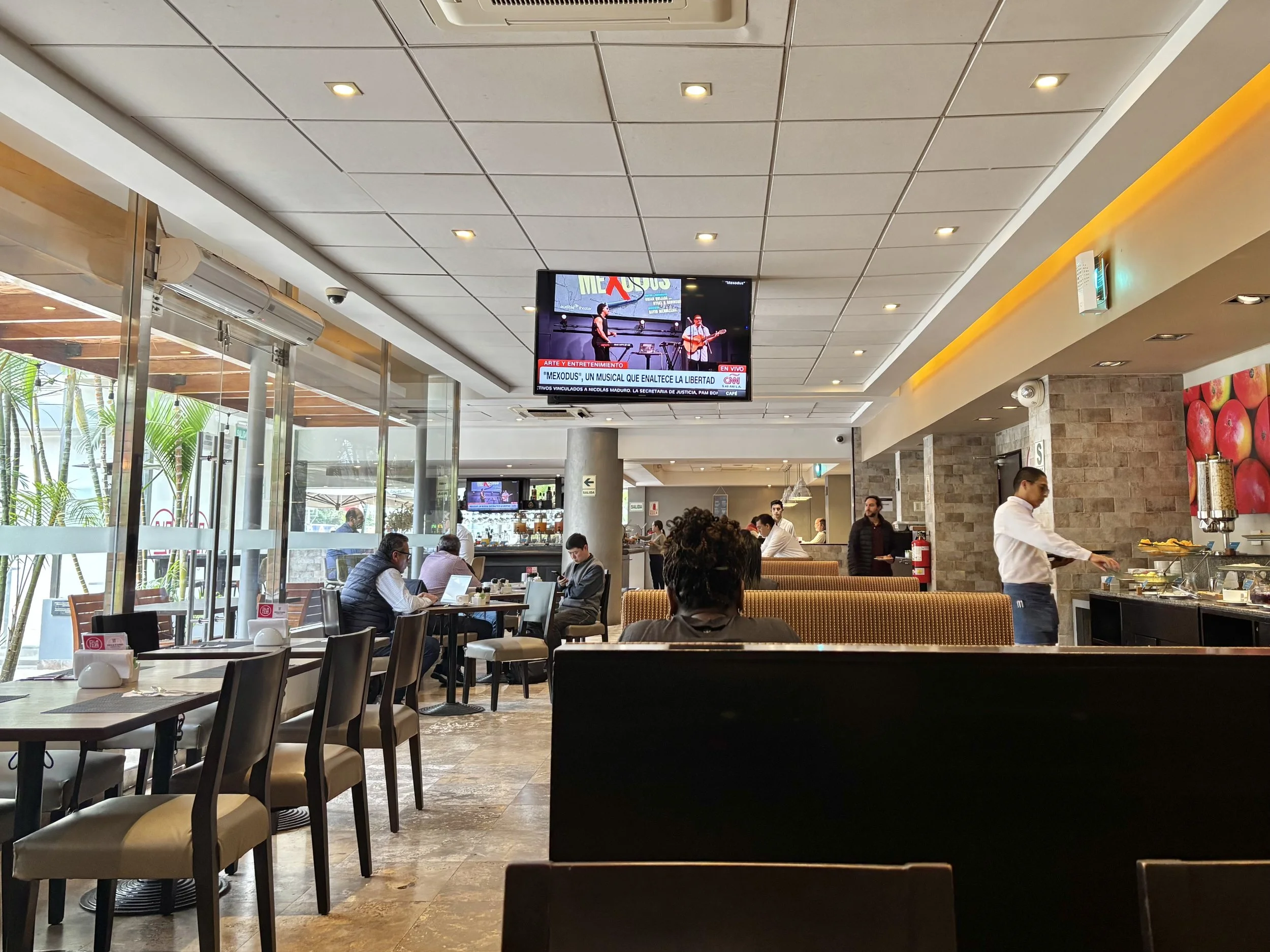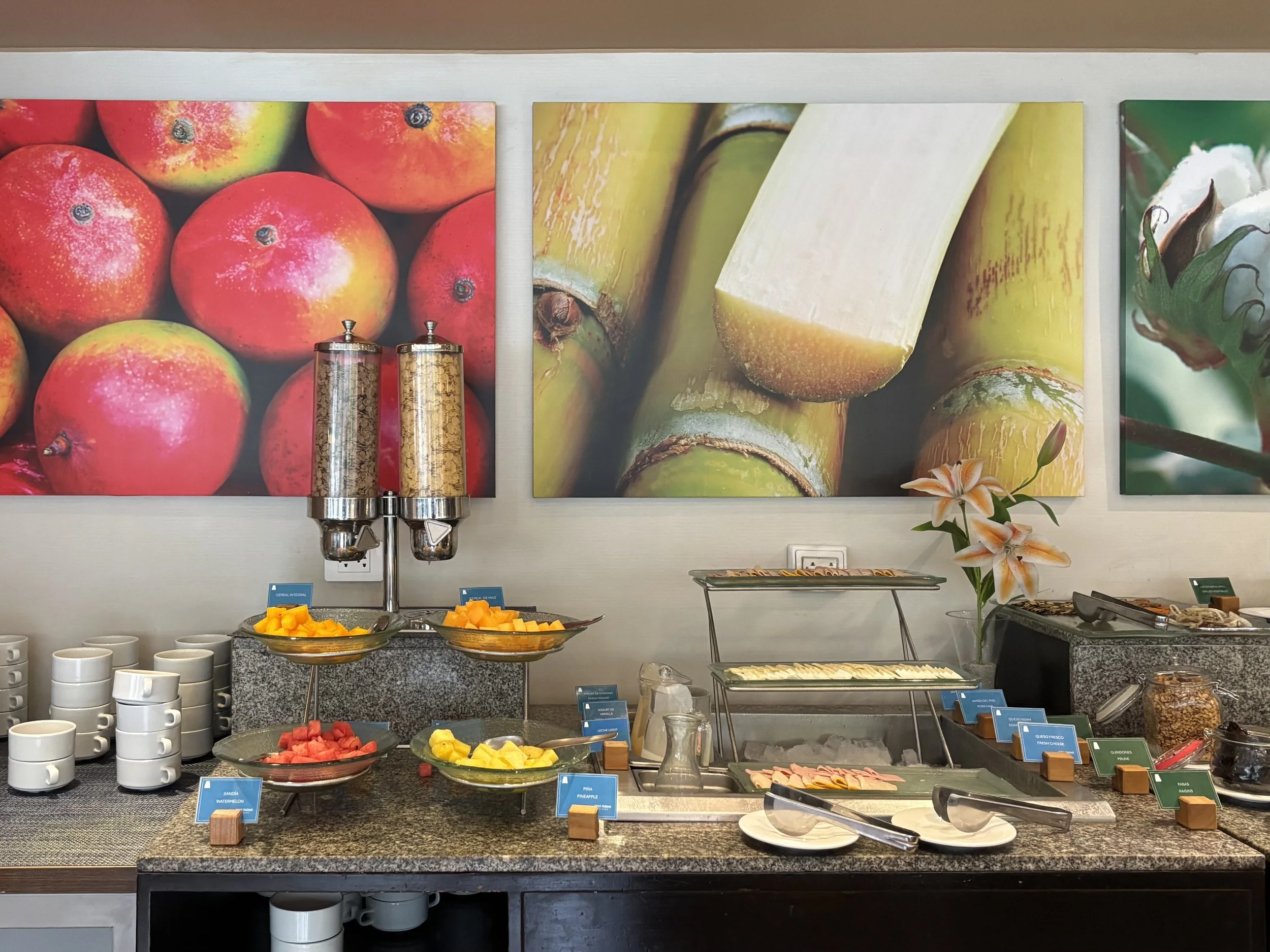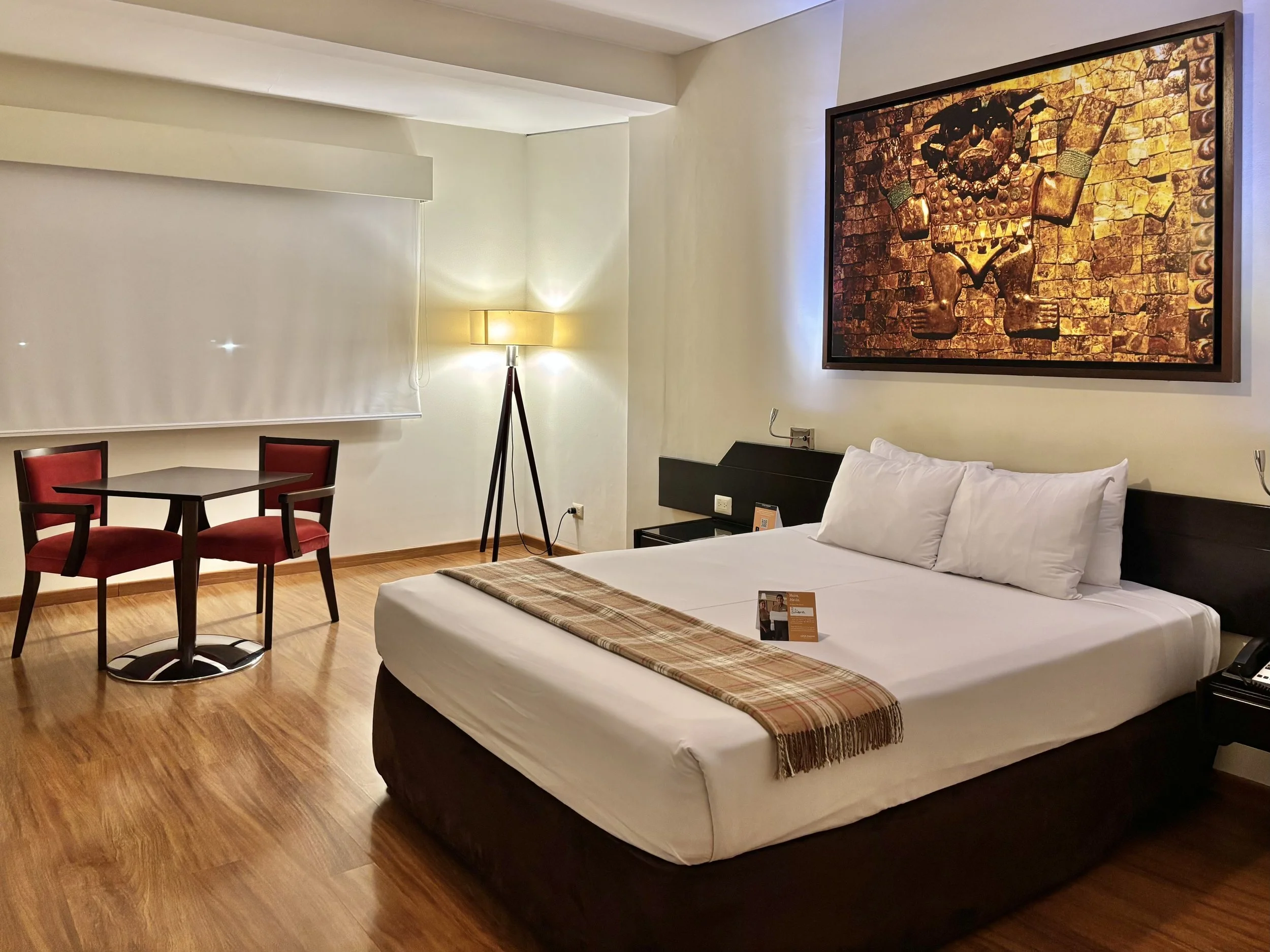Chiclayo
Friendly people, good food and the Pope.
Chiclayo’s cathedral faces a lovely park that I walked through at least twice a day and was always peaceful.
I had so much fun in Chiclayo and packed a lot into just three days.
Since I went to Trujillo in 2023, nearby Chiclayo has been high on my list to see the 2nd and 3rd century Sipán tombs and the Chaparrí Ecological Reserve. While I’m thrilled that I got to see Sipán on this trip, Chaparrí will have to wait for my next trip to Chiclayo because first I had to see where the Pope lived in Peru!
If you weren’t in Italy, the US or Peru on May 8th, 2025, you might not have seen the shock and joy that so many felt seeing Robert Francis Prevost Martínez announced as the new Pope Leo XIV. Of course, the election of a new Pope is big news in Italy, but this is the first Pope to have been born in the US and the first to have Peruvian citizenship. Even more important for Peru was his first papal address, when he paused his Italian speech to break into Spanish and thank his diocese in Chiclayo for always standing by him.
Read my article about Chiclayo published by Frommer’s!
Chiclayo loves Pope Leo XIV
Literally everywhere I looked in Chiclayo they were celebrating the Pope in some way. Also, just about everybody I spoke with had some memory of him, whether that was as Bishop Prevost baptizing their kid or even before when Robert Prevost spent a lot of time in rural Lambayeque, ministering to the poor.
When he was a missionary, priest and bishop in Peru, Robert Prevost used to joke that going from Chicago to Chiclayo you just had to add an l and scribble the g/y. Scroll down to my photos of his message to the congregation at Nuestra Señora de la Paz and you’ll see his handwriting and how the g and y are very ambiguous. Handwriting and birthplace aside, his dual citizenship and obvious love for Chiclayo were points of pride for everybody I spoke with on this trip.
I peeked in Chiclayo’s cathedral several times and there were always people praying, even without a mass.
My first full day in Chiclayo I visited the cathedral, town hall, and main square, ate a lot of food and met the mayor of Chiclayo. My second day was the Pope Tour and my third was all Sipán. (Sipán is overwhelming and gets its own blog). The fourth day I barely had time to meet the governor of Lambayeque before I had to rush off to the airport, which thankfully is a lot like Cusco’s airport. It’s right in town and, if you’re not checking a bag, it’s fine to arrive when boarding is scheduled to start.
The cathedral is a beautiful building, open and friendly, right on the central plaza, which the locals call a park, rather than a plaza. It’s full of trees and fountains, as you would expect at a park. The trees are alive with green Pacific Parrotlets, Blue-gray Tanagers and blackbirds. There are people selling popcorn, ice cream and rice pudding. Throughout my time in Chiclayo, many people told me that it was never a Spanish city, so it doesn’t have a Plaza de Armas. They’re quite proud that Chiclayo was always a city of Indigenous Peruvians, even as they tell me what devout Catholics they are.
Mayor Janet Cubas
I was thrilled María Isabel Espinal of Sipán Tours took me to meet the mayor (in red), and that we got to have dinner together afterwards.
My first full day, I went to the town hall, called palacio municipal, which is right on the main plaza/park. They made a mini-museum in two rooms near the entrance that shows some of Robert Prevost’s work in Chiclayo, before and after he became bishop. Next, María Isabel Espinal, the owner of Sipan Tours, took me to meet the mayor of Chiclayo, Janet Cubas. I wanted to ask the mayor how Chiclayo is preparing to welcome the world, now that Catholics around the world will want to know where the Pope lived and why he loved Peru enough to get dual citizenship. (For the record, I love Peru but am not a citizen, just a legal resident).
Mayor Cubas told me that she’s very aware of the challenges Chiclayo faces, especially with traffic and road surfacing. The town has narrow, one-way streets, full of potholes and few intersections have stoplights or stop signs. It’s fine for a small city that doesn’t get a lot of visitors to the center, but not fine if tour companies start sending busloads of tourists to visit Chiclayo’s cathedral, which is on the park, next to the palacio municipal. Chiclayo hadn’t developed much for international tourism before, since most people flew in then went to Sipán or Chaparrí, neither of which are near the center of town.
Mayor Cubas outlined some projects that have started and said that they’re all scheduled to be completed by December. If there is a major wave of tourists wanting to celebrate Christmas mass at the Pope’s former cathedral, Chiclayo will be ready.
Pope Selfie
I saw this cut out of Pope Leo XIV all over town, and couldn’t help taking a selfie with him each time. This one is in the mini-museum in the palacio municipal.
This is why I didn’t come to Chiclayo in May. When the Pope was elected, that was news and the city was mobbed by journalists from around the world. I’m not a journalist and I don’t write news. I write about tourism, culture and history, so I waited until Chiclayo had developed some tours and guides had been trained on what to say about the Pope. They’re getting there, but out of the tour agencies I contacted, only Sipan Tours has guides who know the places on the tours designed by the tourism board. I had a wonderful two days with Sipan Tours and hope that they can train the city’s other tour agencies quickly.
María Isabel chose Larry Ugaz as my guide for the first day, since he is very involved with the Catholic Church and knows all the churches in and around Chiclayo. He was so helpful, not only because he called ahead to each church to be sure they would be ready for me when we arrived, but because he also knew exactly what questions to ask the people that I was interviewing. He anticipated what information I needed about each place before I had formed the question for myself in my head and I am so very thankful for his assistance.
Parroquia San Juan Obrero, Chiclayo
My big day touring the Pope’s former diocese with Larry began at the Parroquia San Juan Obrero, which has just received a gift from the Pope of a mitre he wore as bishop. Father José Alonso greeted me and told me about his interactions with Bishop Robert Prevost and how honored he is to receive this gift from the Pope. I am sure Pope Leo XIV will visit Peru relatively soon, and the congregation at San Juan Obrero will be thrilled to have him back.
Santuario de Nuestra Señora de la Paz, Chiclayo
The second stop on the Pope Tour was Santuario de Nuestra Señora de la Paz, a church and working nunnery where sixteen cloistered nuns currently live apart from the world. I was greeted by César del Santuario, who has dedicated his life to caring for the church and its nuns. He told me all about the sanctuary, about how Bishop Prevost was the one to hold the Profession of Vows ceremony for each nun as she entered the convent. He also showed me a book with messages from visitors in which Robert Prevost wrote one of his first messages to the congregation after becoming bishop, with the ambiguous g and y.
When I was about to leave, the nuns came to sing next to the altar, where a wall of stained glass separates them from the congregation. (On the right side of the photo of me and César). There was no congregation, just me, and it was beautiful to hear their voices emanating from a wall next to me. I stayed until they finished their hymn, watched their shadows behind the glass retreat back into the cloisters, then set off for the third church.
Parroquia de San Pedro, Monsefú
The third church was the Parroquia de San Pedro in Monsefú, known for its image of Christ called “Jesús Nazareno Cautivo,” which people in the community make new robes for every year. The church has a beautiful, curved ceiling painted with parables from the Bible. The caretaker let me see the side chapel where all the robes are kept and explained that he often receives two or three robes per year, always ornately embroidered by community members or sometimes from generous donors from other cities. The chapel has a small exhibit on the history of the church, including documents signed by Bishop Robert Prevost in 2020 and historic photos from the early 1900s.
Iglesia Santa María Magdalena, Ciudad Eten
The church of Santa María Magdalena in Ciudad Eten is most famous for a series of miracles, first with the eucharist in the 1600s and more recently with their image of baby Jesus holding up the eucharist. I was met by María Ángela Milliones, who explained the miracles and took me into the old part of the church, which has 17th century paintings detailing the events. She’s with me in the photo of the three paintings. In 1649, first on June 2nd and again on July 22nd the congregation saw an image of baby Jesus on the communion host, called hostia in Spanish. In the next photo you can see that 370 years later, Bishop Robert Prevost presented evidence of the miracles to Pope Francis, though a final ruling on the miracle’s veracity was not made before Pope Francis died. The congregation in Ciudad Eten is very hopeful that Pope Leo XIV will complete the process to recognize the miracles that occurred at their church.
Playas Pimentel & Santa Rosa
After the four churches, we went to see the Pimentel and Santa Rosa beaches, where people still use caballito de totora for fishing, like in Huanchaco. Traditionally, men go out fishing and when they come back with their catch, their wives stay on the beach to sell the fish, like the women in the photo on the right. I had ceviche for lunch, but it wasn’t great. Scroll down to see my top restaurant recommendation, Vichayo, and why I loved it so much.
Chiclayo’s King Kong
If you haven’t been to Peru yet, you might not know that the northern coast has their own king kong – but it’s not a giant gorilla or a monster. It’s a giant dessert.
I had so much fun touring the King Kong Real (royal kingkong) factory and seeing how they make king kong! First, I got to see how they make dulce de leche, called manjar blanco in Peru. They get fresh milk, pasteurize it, then boil it down in massive copper cauldrons and let it cool in sheets. There’s no other ingredient in manjar blanco, just pasteurized milk.
King Kong Real also makes all their own fruit jam, which is the other layer in the middle of a king kong. They get fresh fruit, like chirimoya, pineapple, lúcuma and blueberries and cook them down into jam and let it cool in big basins. I’d always wondered why they don’t collapse, since having just manjar blanco and jam in the middle seems like it should just squish, but that’s what I learned in the next part.
Next, I got to see how they make the little round cookies for alfajores and the big sheets of cookie for the king kongs. Traditionally, king kong was made in a giant wheel and divided amongst family and neighbors. Now that they’re commercially made, they’re sold in many sizes, usually in a brick shape. The scraps from cutting the cookies into the right size are saved and used in the middle of a king kong to prevent it from collapsing, as you can see in the photos above.
Restaurant Recommendation
When I told people in Cusco that I was going to Chiclayo, the first thing they all said was “you’re going to eat so much good food!” Peruvians know Chiclayo, and northern Peru, more for cuisine than for archeology or religion. I reached out to a few restaurants and was delighted that Vichayo responded that they’d be happy to give me a crash course in Chiclayano cuisine. Below are the dishes I tried, and before you say you thought I was vegetarian, I have to say that I was trying to be open-minded on this trip. I couldn’t have possibly eaten all six dishes anyway, even if they were all vegetarian. I tasted everything and told them it was delicious because I could tell that it was all very well made. Vichayo is an excellent restaurant, and I wouldn’t have tried goat anywhere else.
Chiclayo is the first place I’ve seen tortita de choclo, a fried fritter of freshly ground corn, crispy and delicious. I was most surprised by chinguirito, ceviche made with shaved dried fish. I love regular ceviche and would never have expected to enjoy dried fish, but it tasted like the sun and the beach, and I loved it. The tortilla de raya was also surprising, because it was fishy, but I still liked it. Rays, not manta rays, but smaller rays, are common on the northern coast and I saw many brought in by fishermen when I was in Huanchaco.
Helado de Lúcuma
I barely ate any of the espesado, since I was so full, but I managed to eat every bite of this lúcuma ice cream and the fudge balls embedded in the pyramid’s corners.
Hotel Recommendations
I stayed in two hotels in Chiclayo, which are both great, depending on what you want.
The first hotel was Costa del Sol Wyndham Chiclayo, only three blocks from the cathedral, palacio municipal and park, perfect for those who prefer to walk everywhere. There are lots of restaurants around and most tour agencies have office nearby. The hotel also has a very good restaurant, which is worth going to even if you’re staying somewhere else. The breakfast buffet is small but has plenty of food and you can order eggs or omelets, if you don’t want the buffet’s scrambled eggs. The only drawback to breakfast was that waiters serve coffee out of a thermos, rather than have self-serve coffee, which I prefer because I need a couple cups before I’m capable of conversation. The pool on the roof is a fun perk, and I wish I’d had time for the sauna and gym. However, the central location means that there is traffic noise. I had a room on the 6th floor, so noise was minimal but you’re still right in the middle of the city. Rooms are small but the beds are comfortable, and the mini fridge was well stocked.
The second hotel was Casa Andina Select Chiclayo, which is farther from the center, so not as good for people who want to walk everywhere, but it’s in a much quieter area. If you take taxis everywhere anyway, Casa Andina is a good option. It’s a bigger hotel, so I expect large tour groups that don’t want to drive giant buses into the city center will come here. My room was spacious, and I liked the ceiling fan, so I didn’t have to turn the air conditioner on. The pool is much bigger than at Costa del Sol, because it’s in the gardens behind the hotel, rather than on the roof. The breakfast buffet was bigger than Costa del Sol, and the coffee was self-serve, which I appreciated. Breakfast is served in the restaurant and bar which have giant tvs everywhere, tuned to international news.

